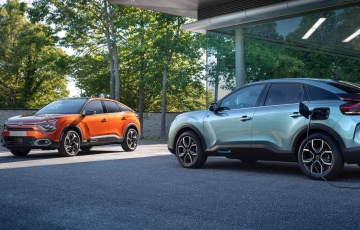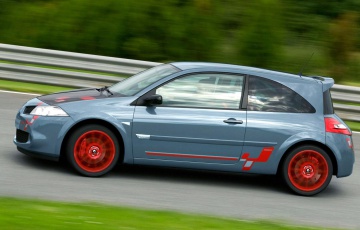2022 Peugeot e-2008 Review : French Li-ion
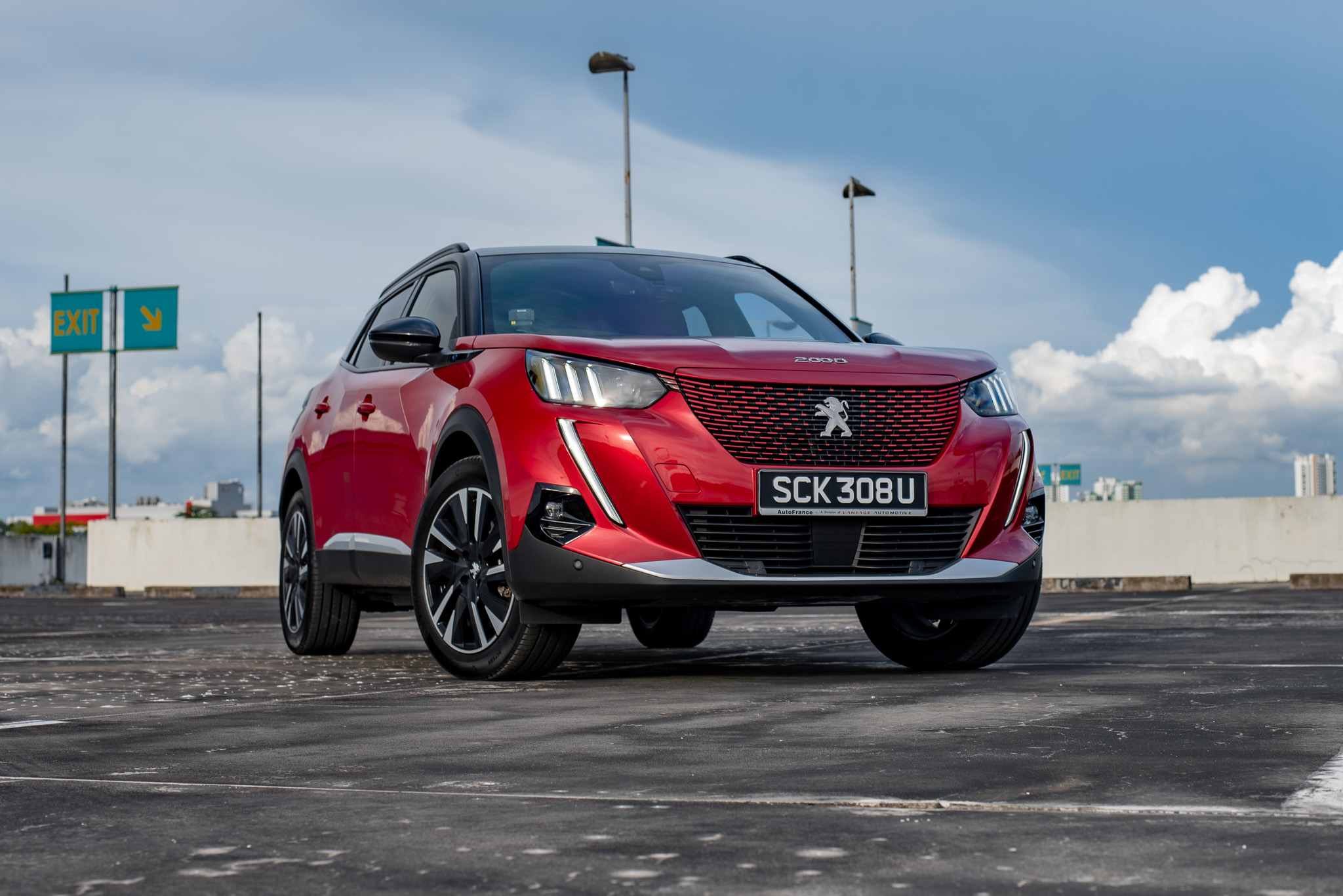
2022 Peugeot e-2008 Review : French Li-ion
Singapore - It’s like the French saying goes, “The more things change, the more they stay the same”. Clearly, the people behind Peugeot (who are also French) embodied this ethos when they set about adapting their CMP (Common modular platform) to fit a fully electric drivetrain. The fruits of their labour culminated in the eCMP platform. No guesses what the “e” stands for.
That eCMP platform underpins two cars in the Peugeot model range; The e-208 hatchback and the e-2008 SUV that you see in the pictures here. Looks familiar, doesn’t it?
Clearly the folks at Peugeot are of the belief that “If it ain’t broken, don’t fix it”. Consequently, the Peugeot e-2008 looks like a near identical copy of it’s petrol-powered sister, the 1.2-litre 2008.
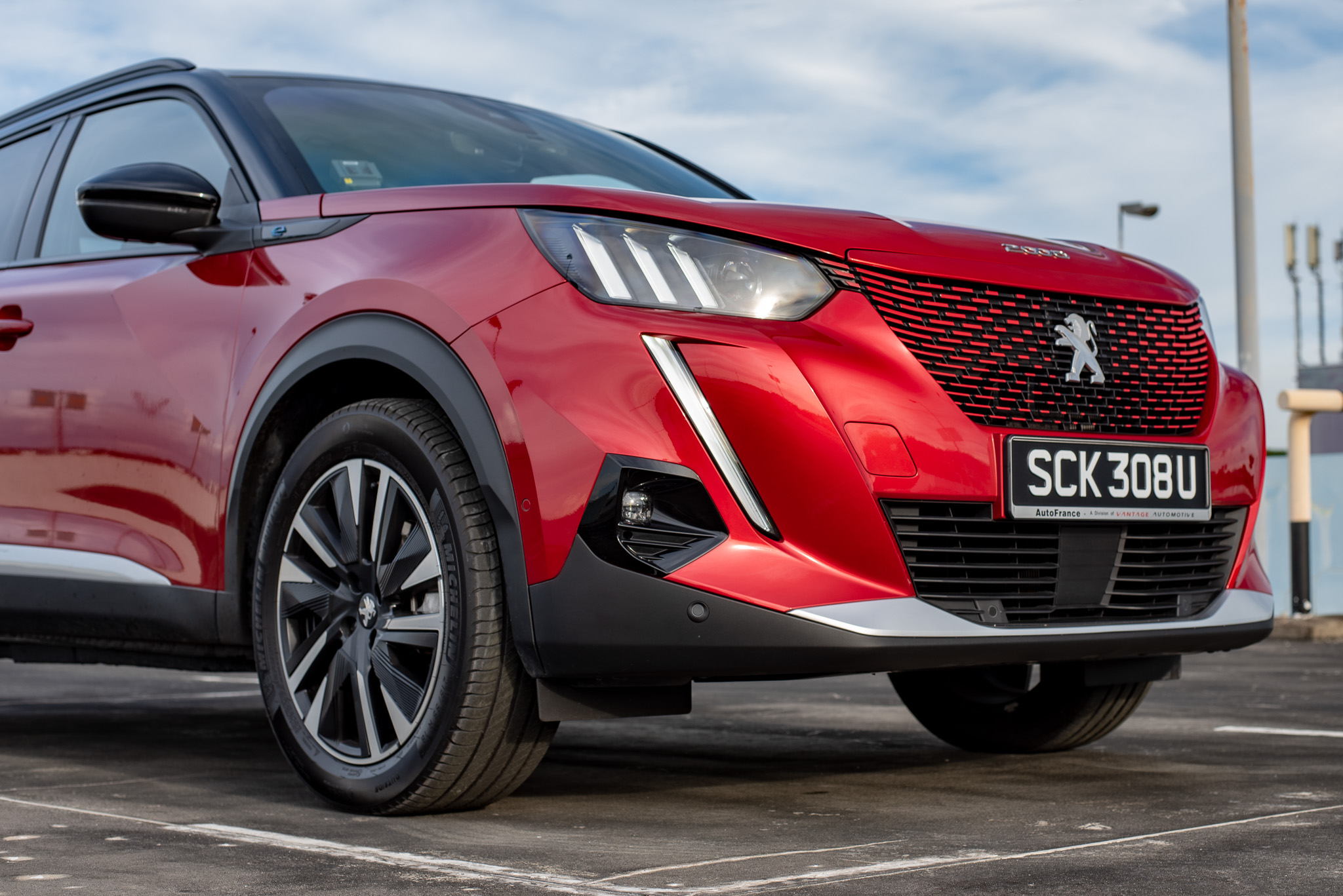
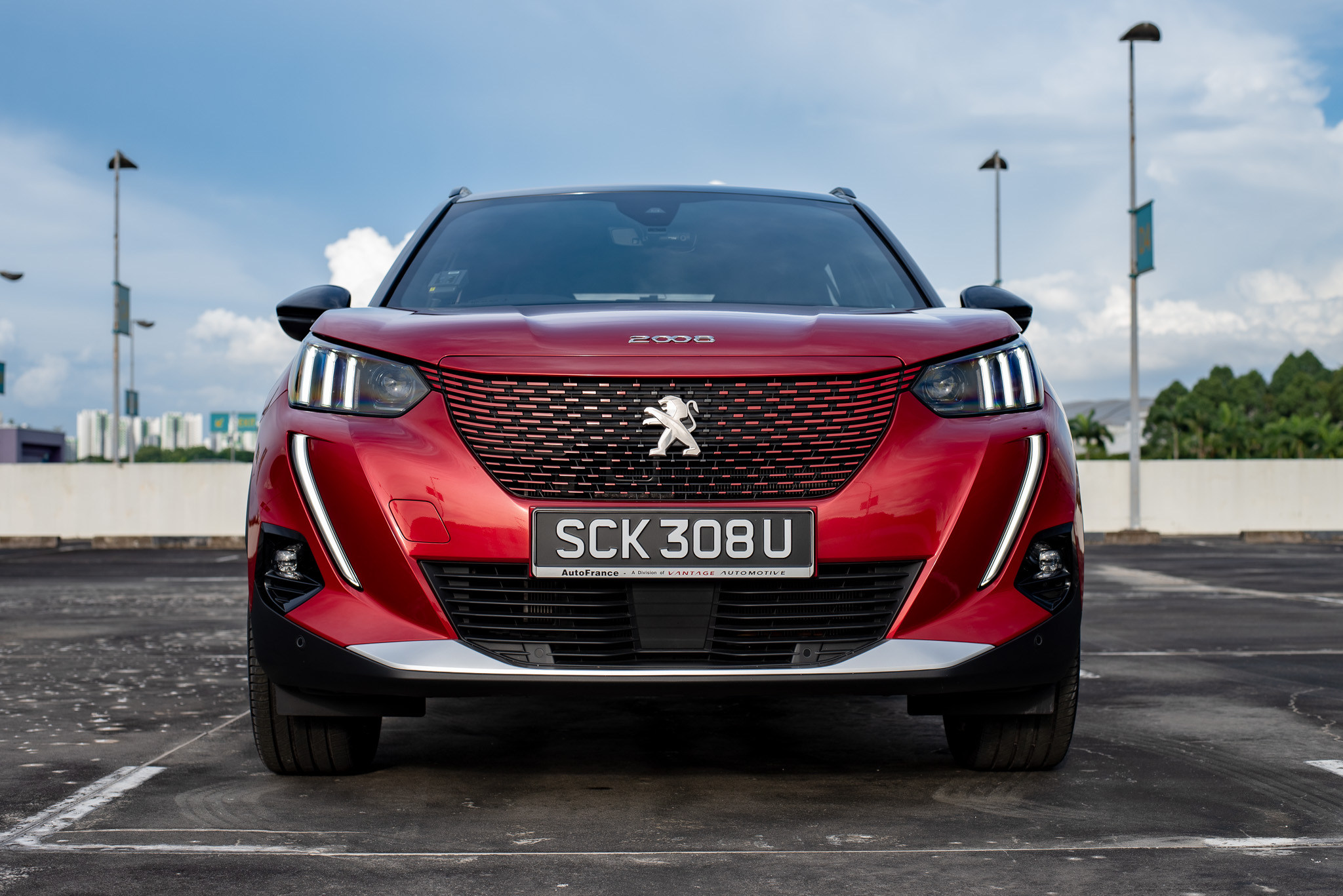
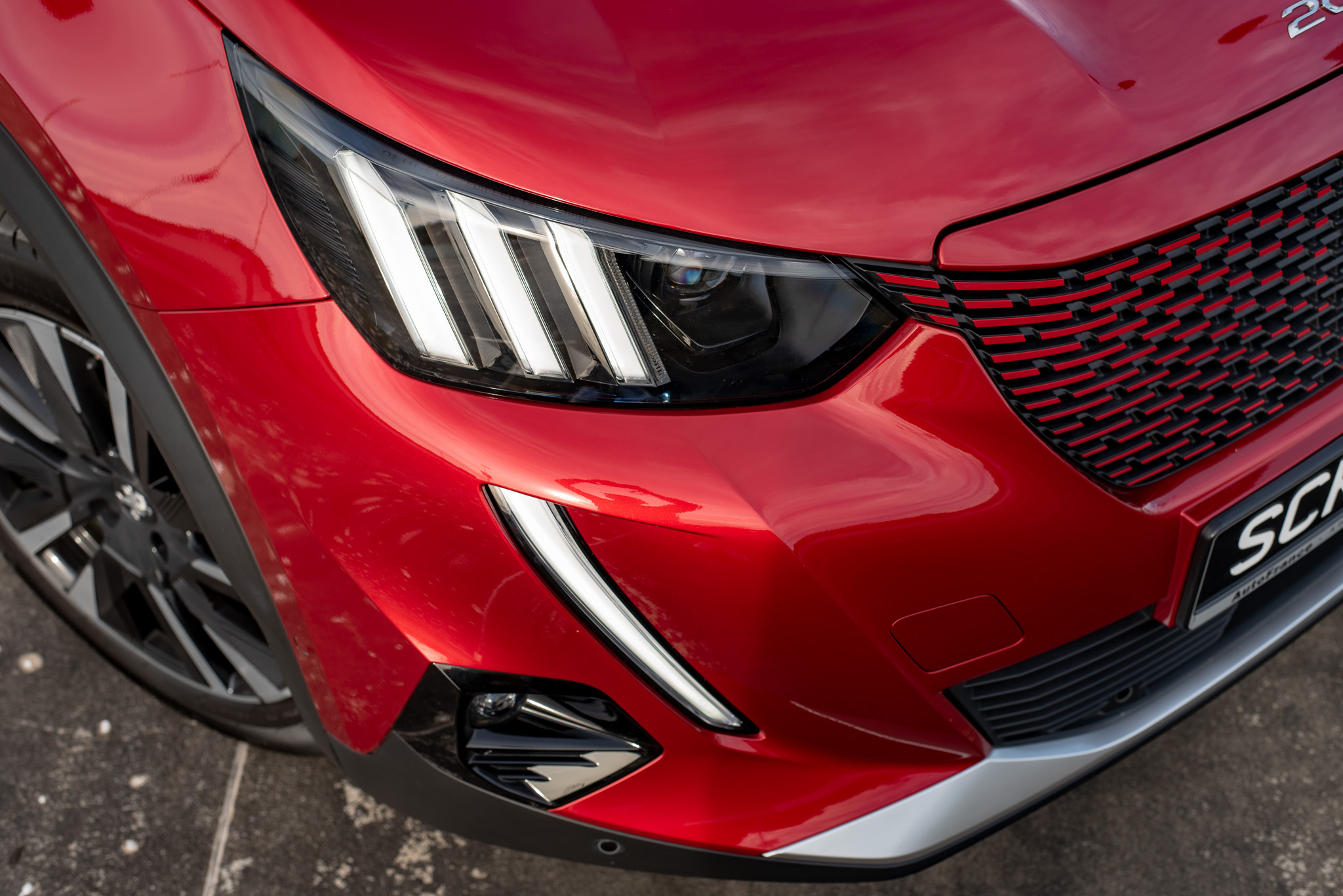
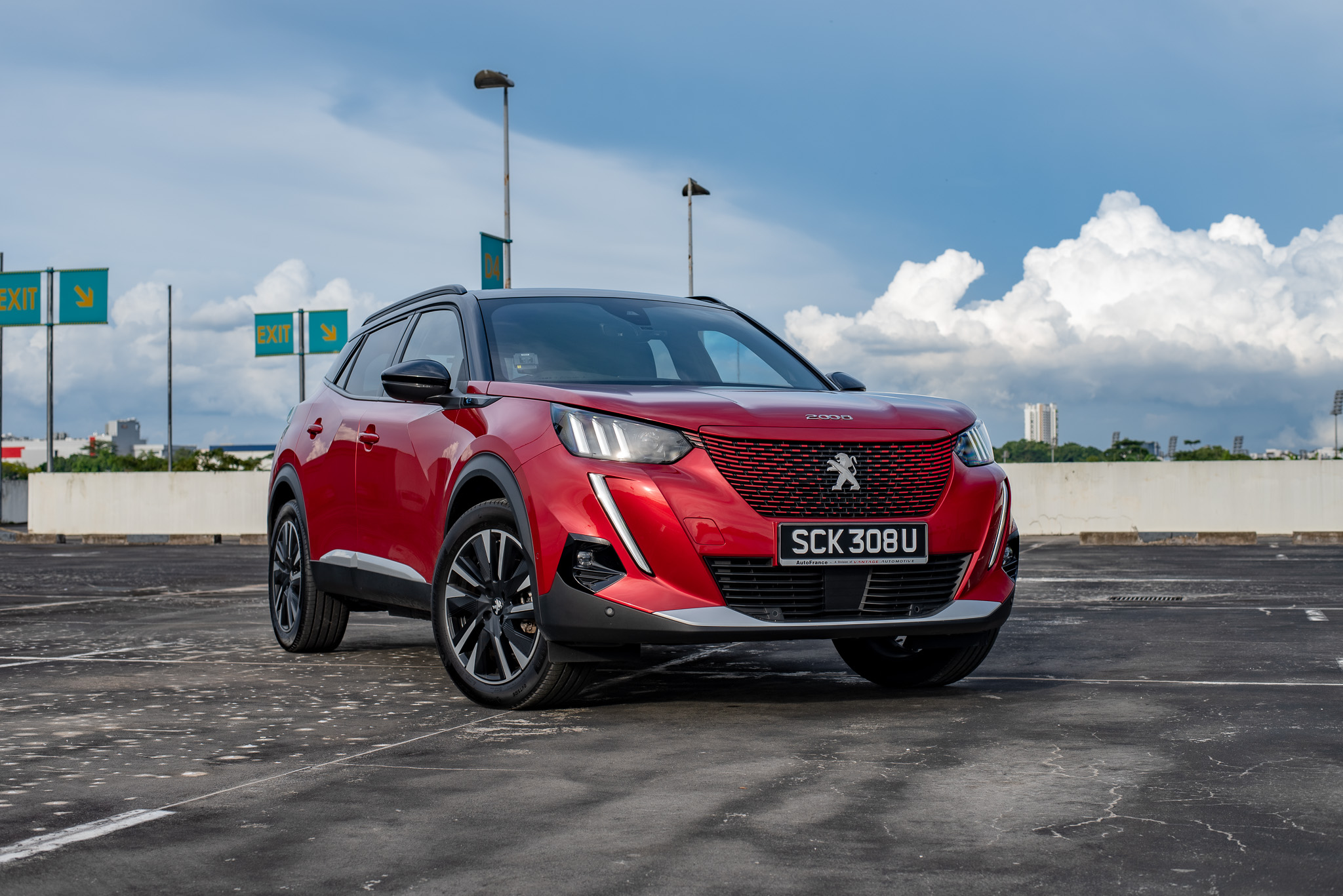
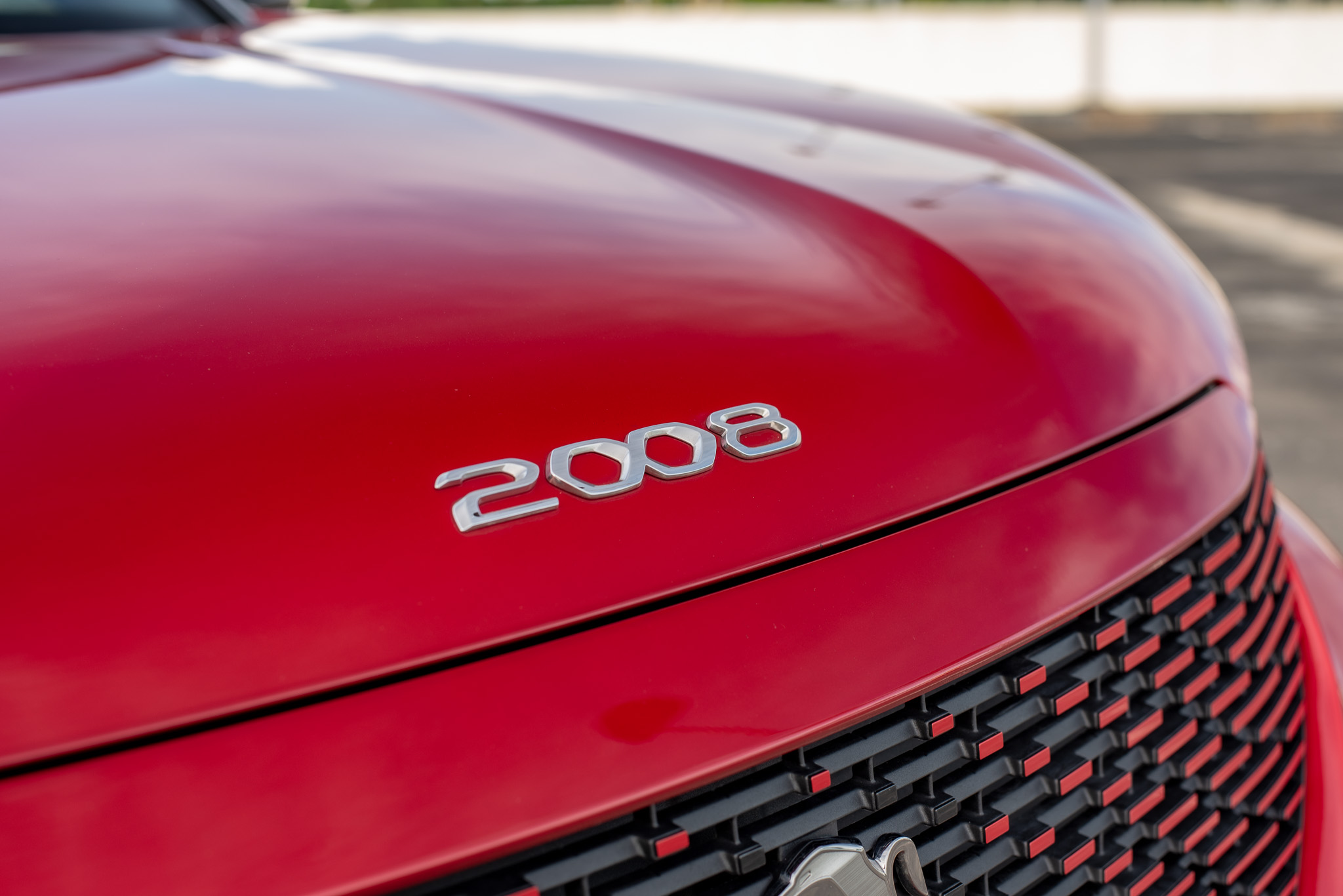
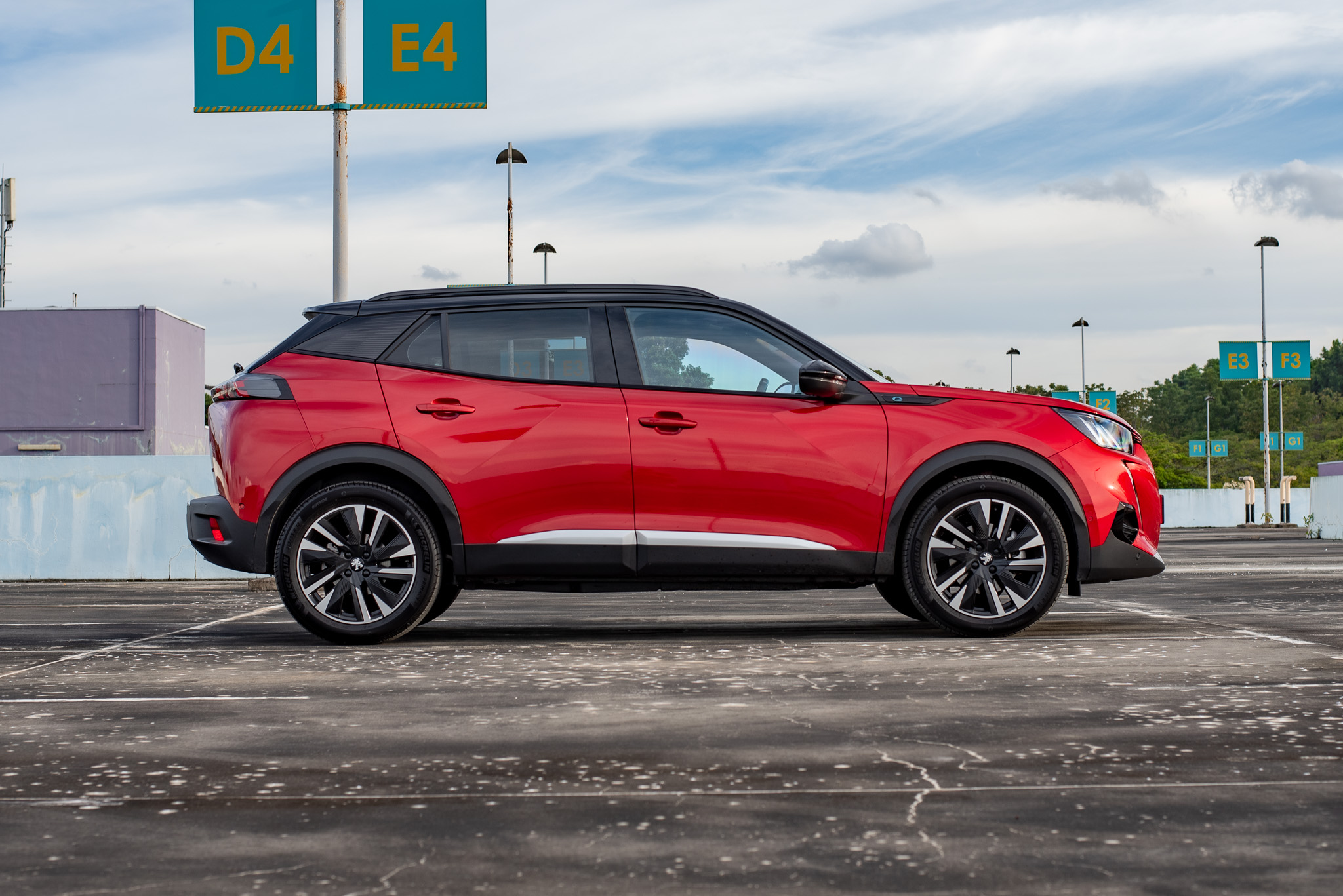
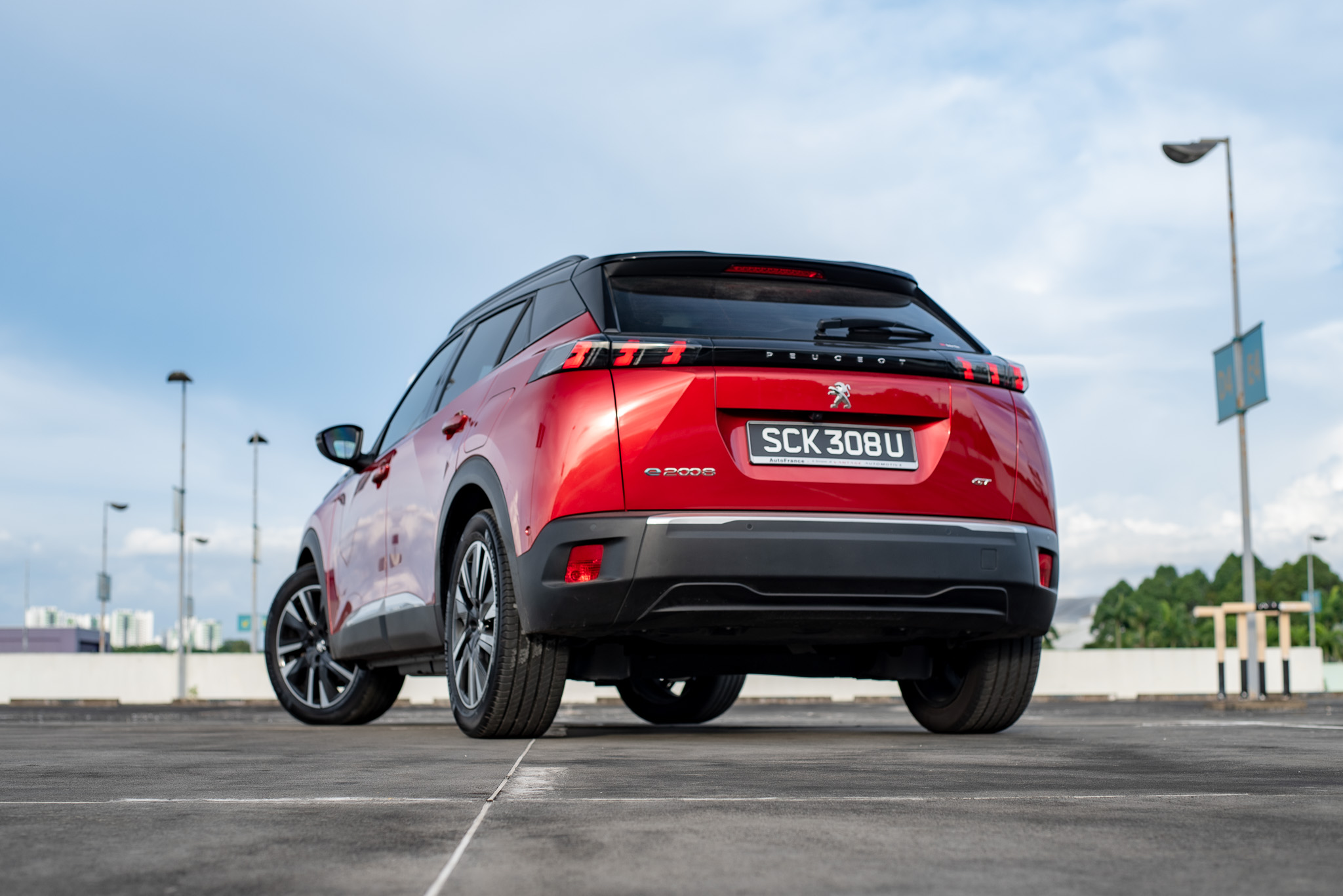
Peugeot e-2008 Review - Looks the same
Honestly, if one were to place the two cars side to side, you’d really be hard pressed to tell the differences. It shares the same claw mark DRLs that extend down to the bumper, the same bumper mouldings and same rear fascia with the brand’s signature tail lamps and two-tone colour scheme.
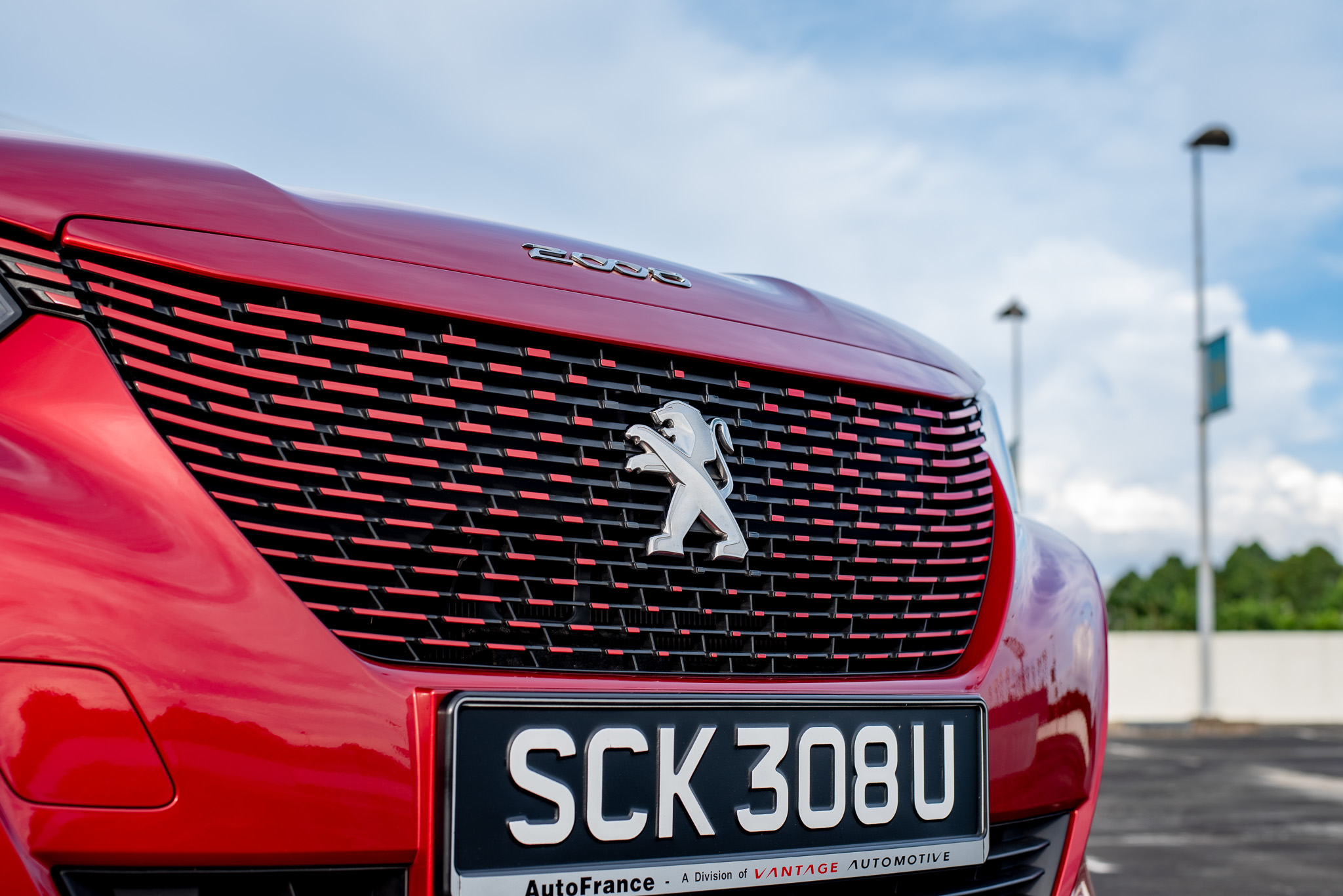
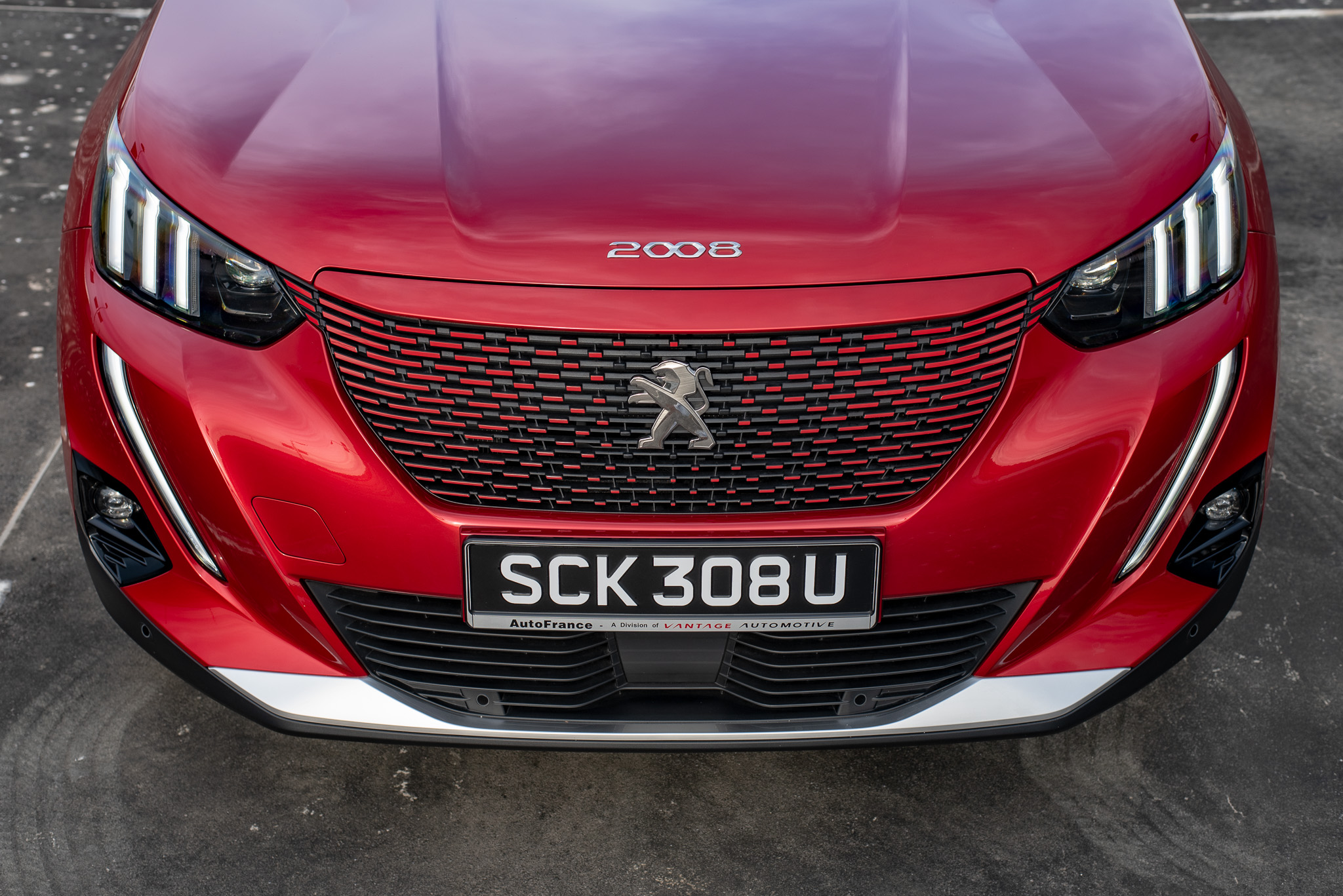
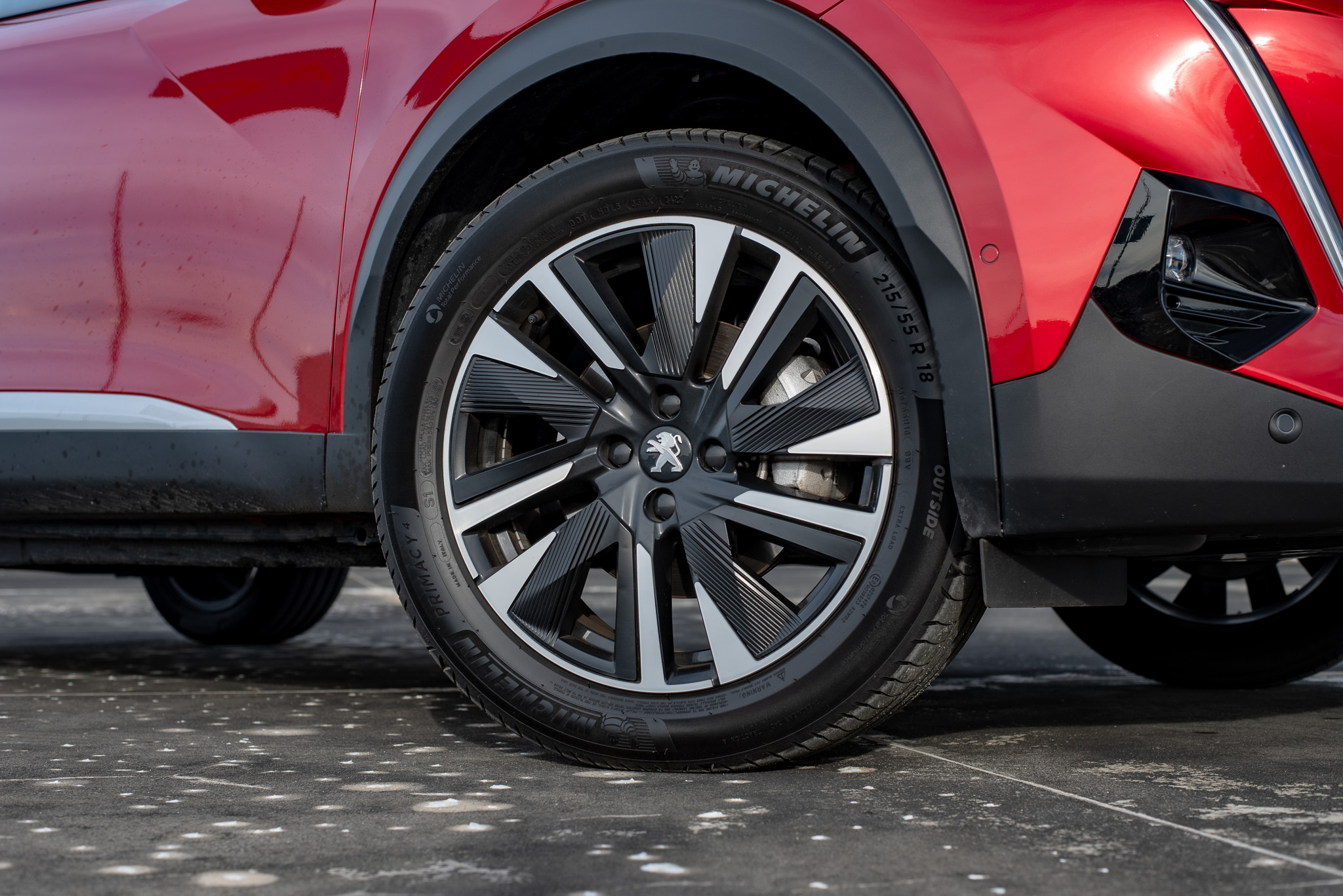
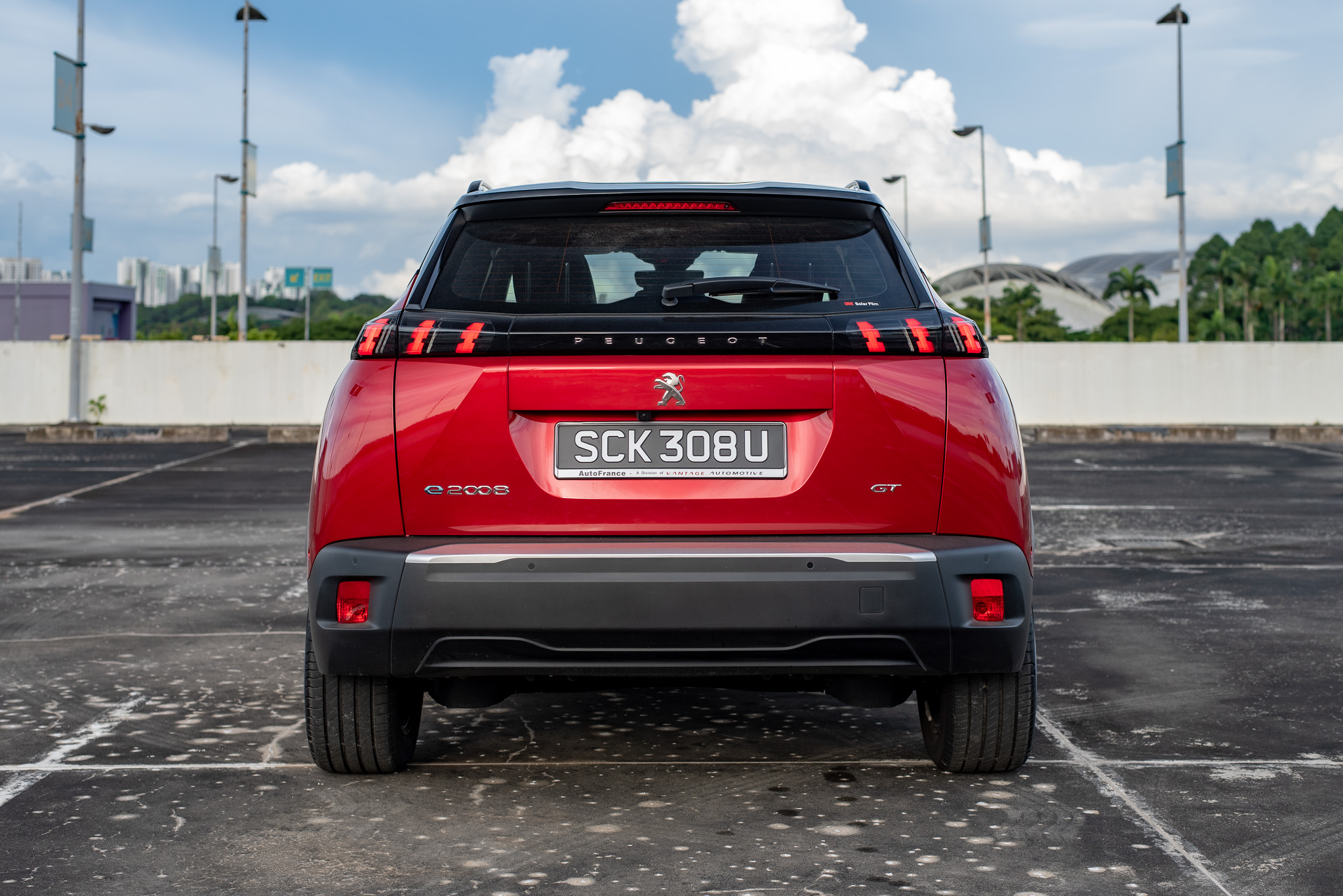
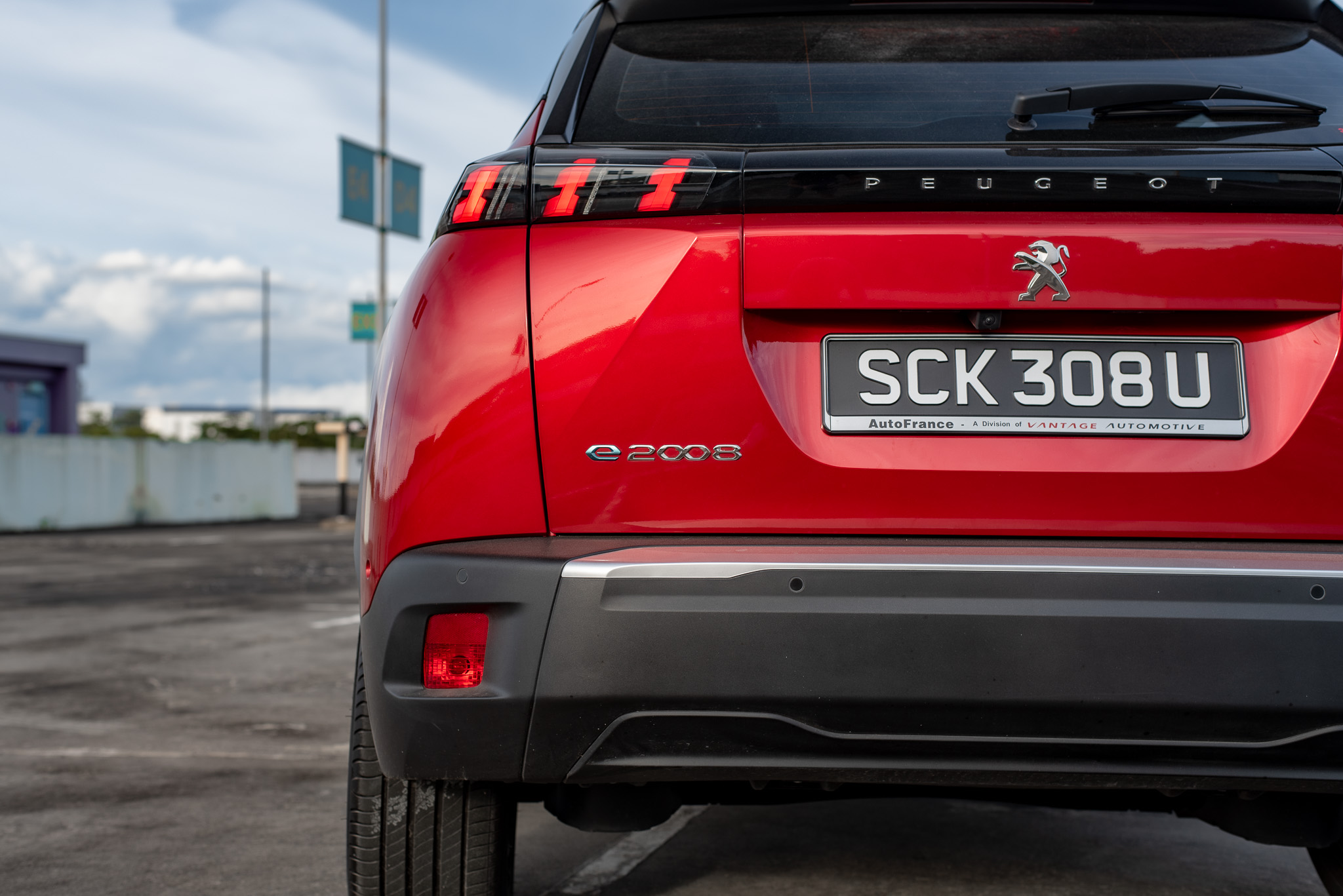
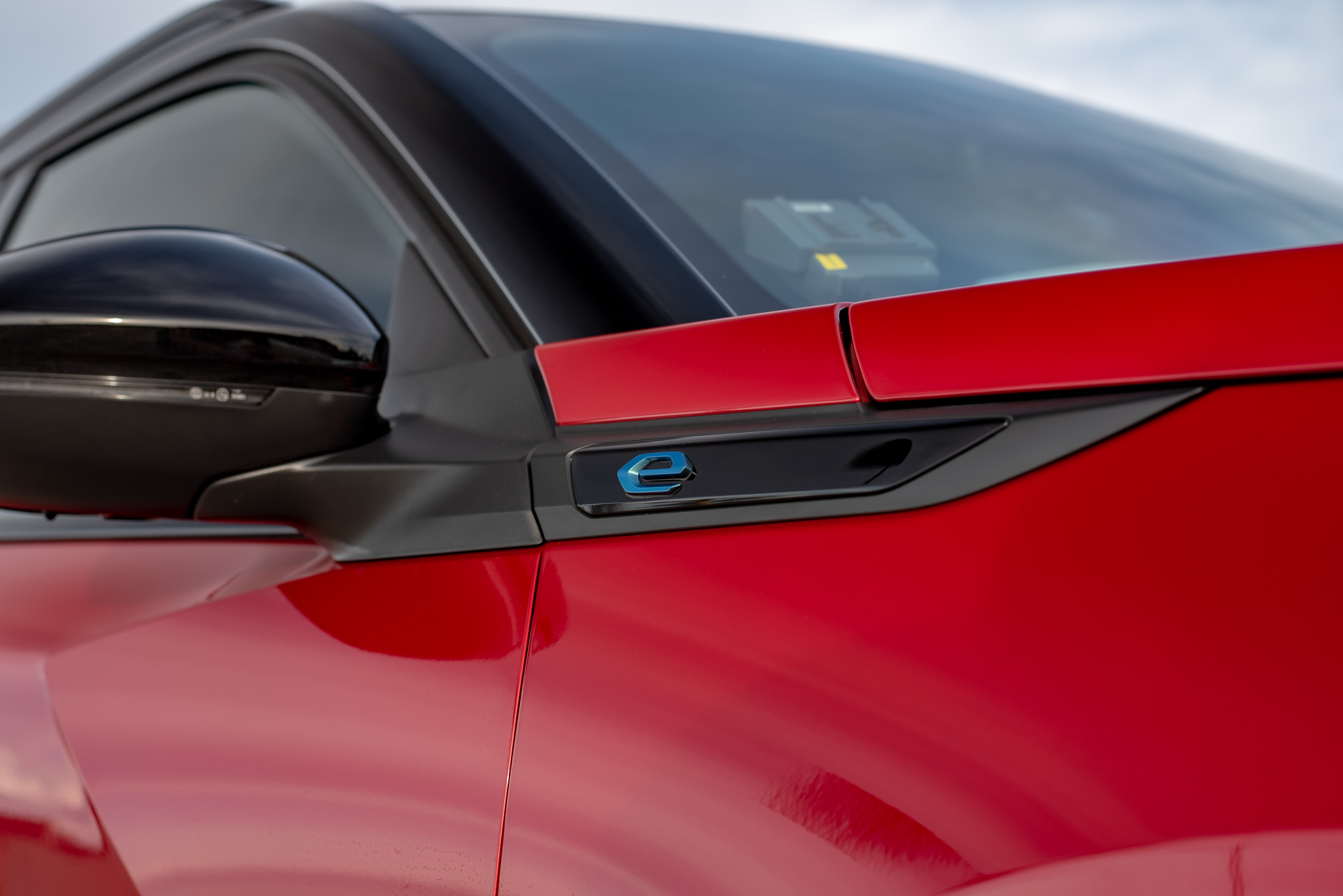
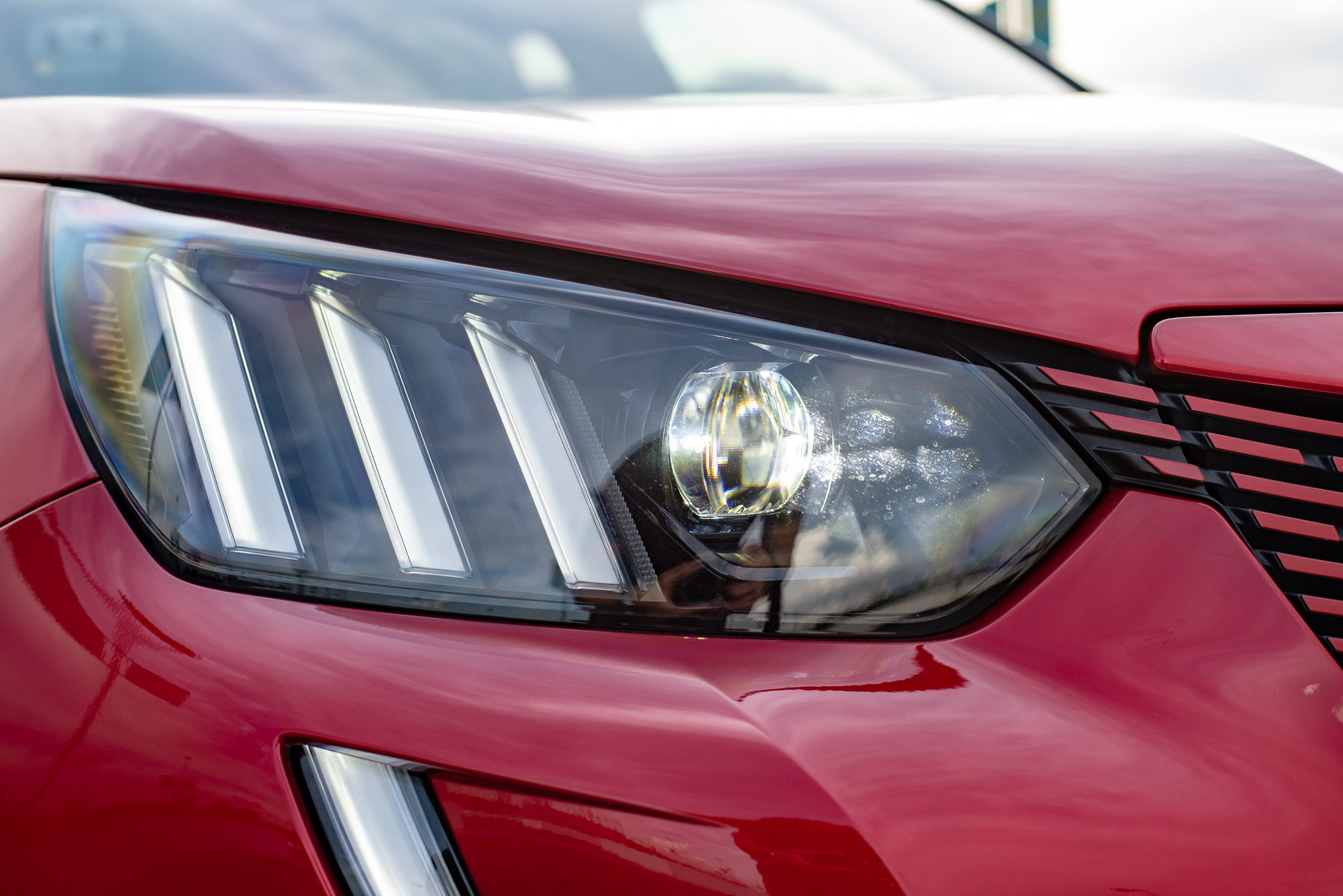
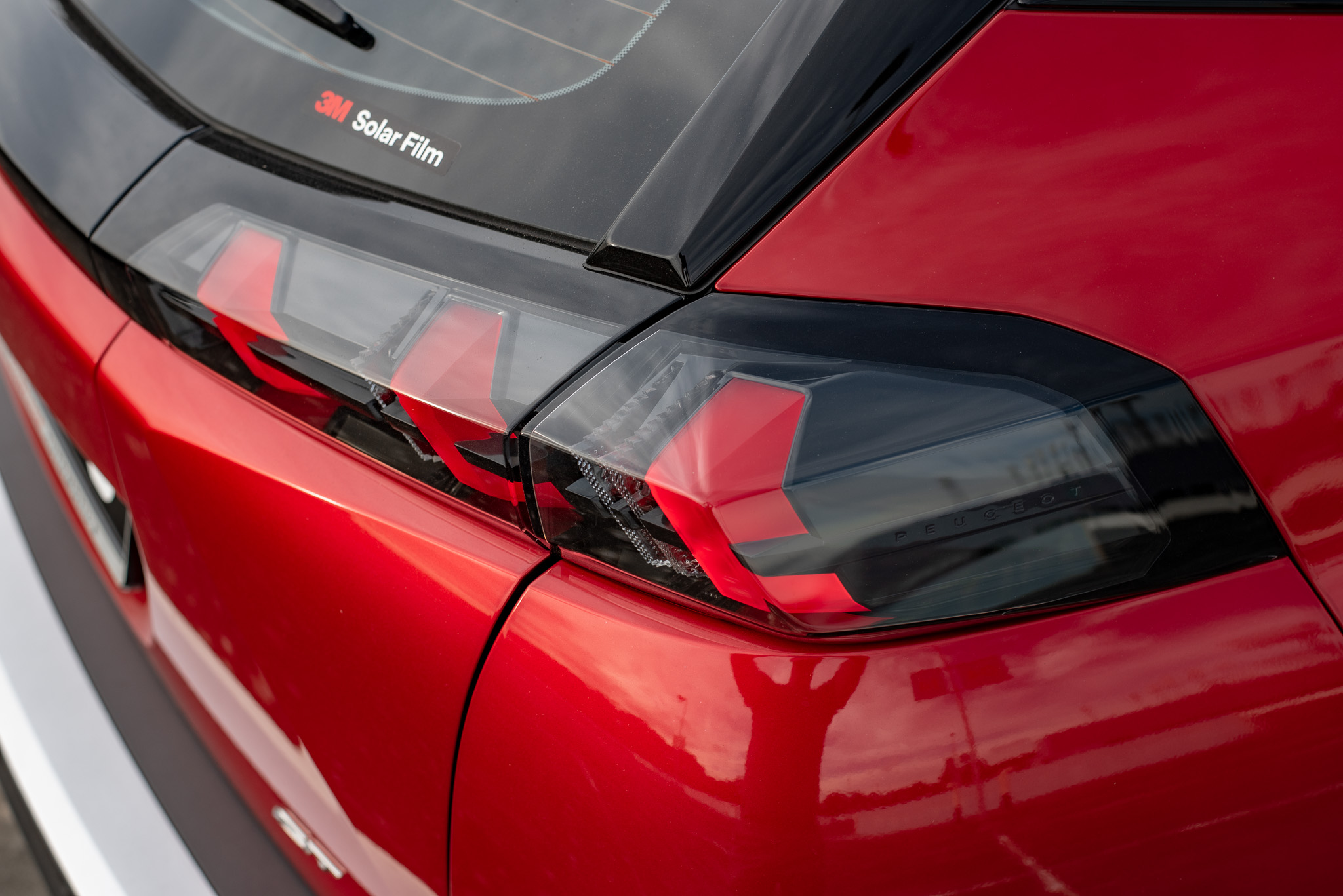
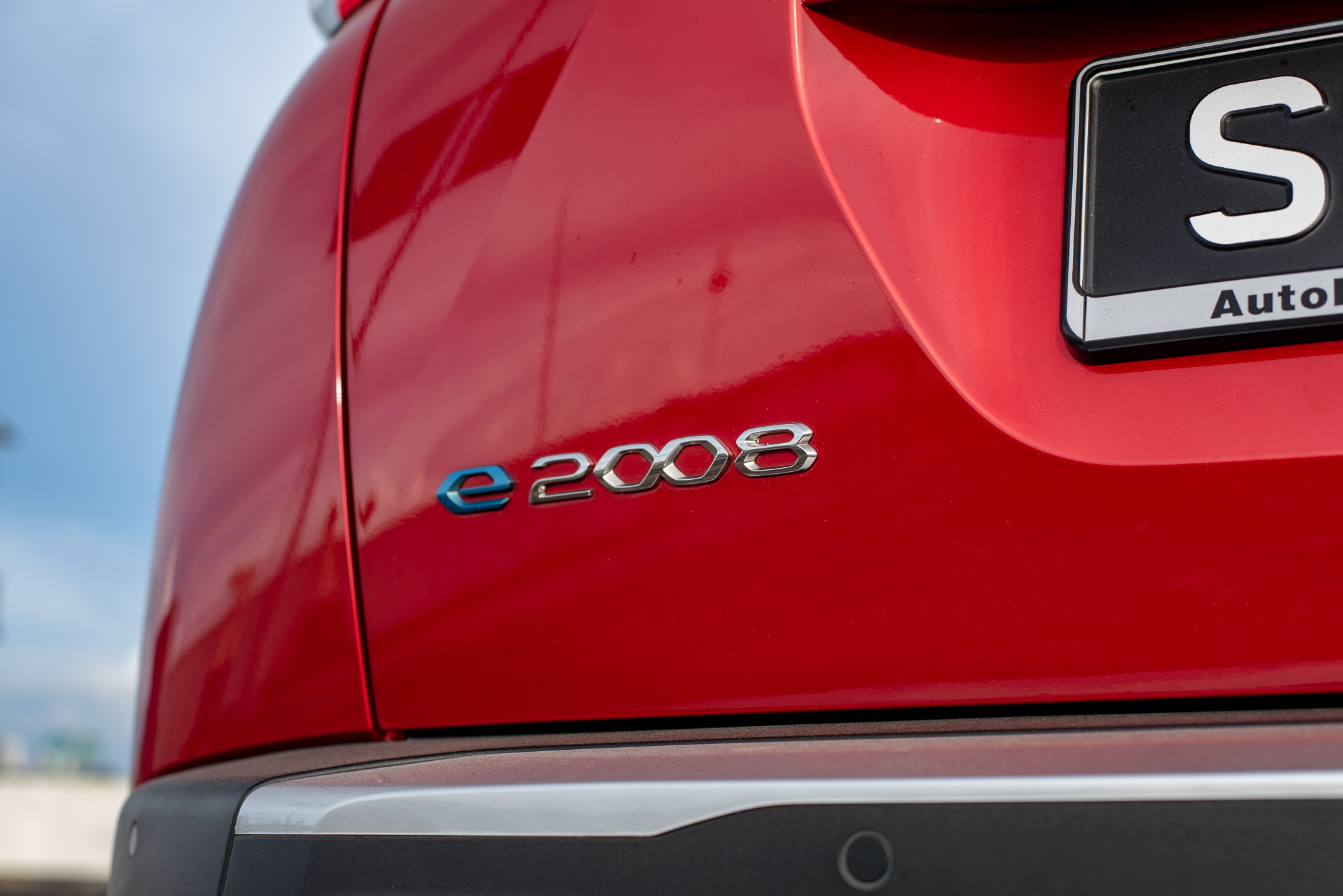
Even after comparing pictures of both the ICE and EV counterparts, the only differences I could spot between the two are the altered grille and the absence of exhaust tips in the rear bumper.
Apart from those exterior differences and some badges, the two are nearly identical. It even has the same 18-inch Bund alloy rims as the ICE-powered 2008, wrapped with the same 215-section Michelin tyres.
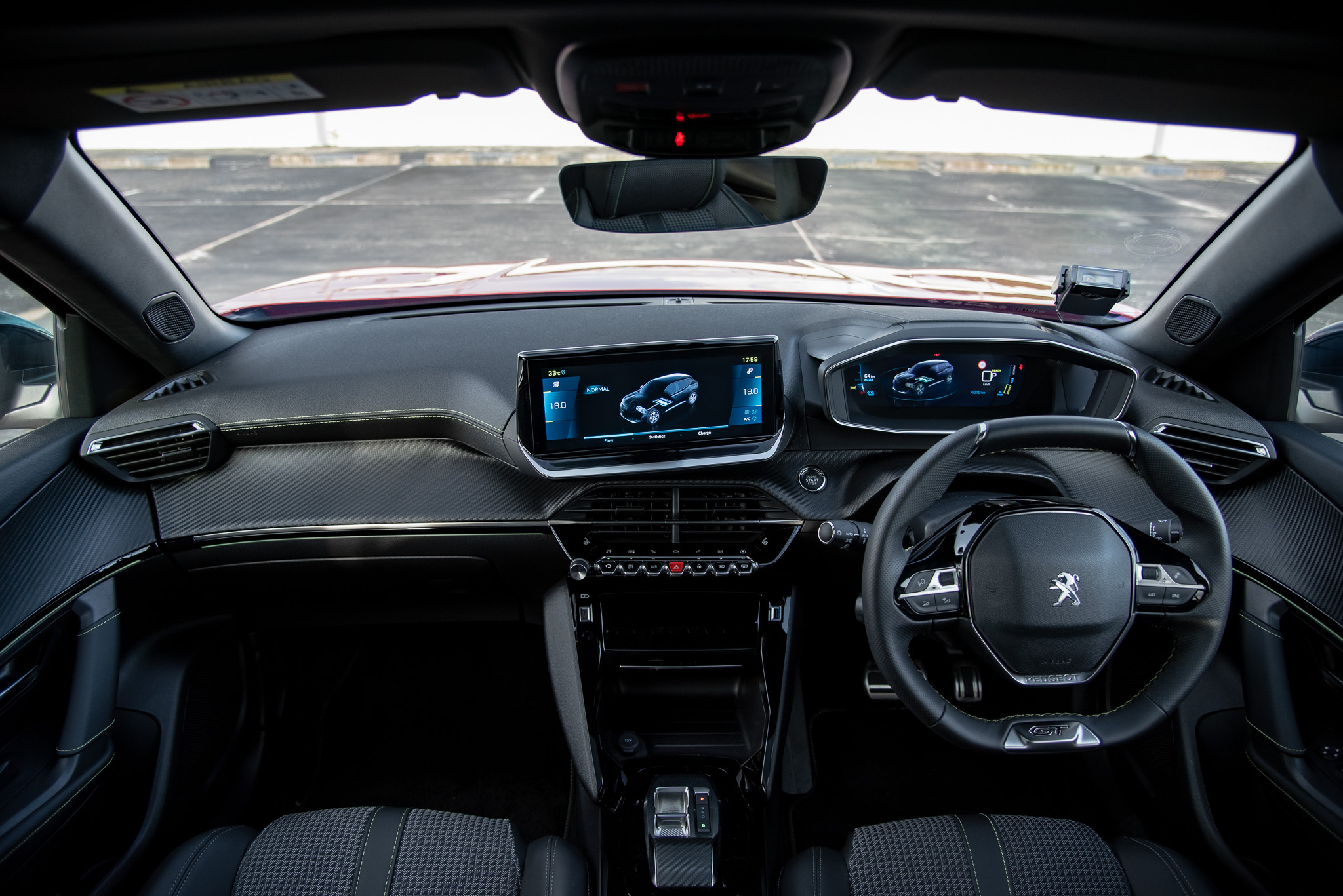
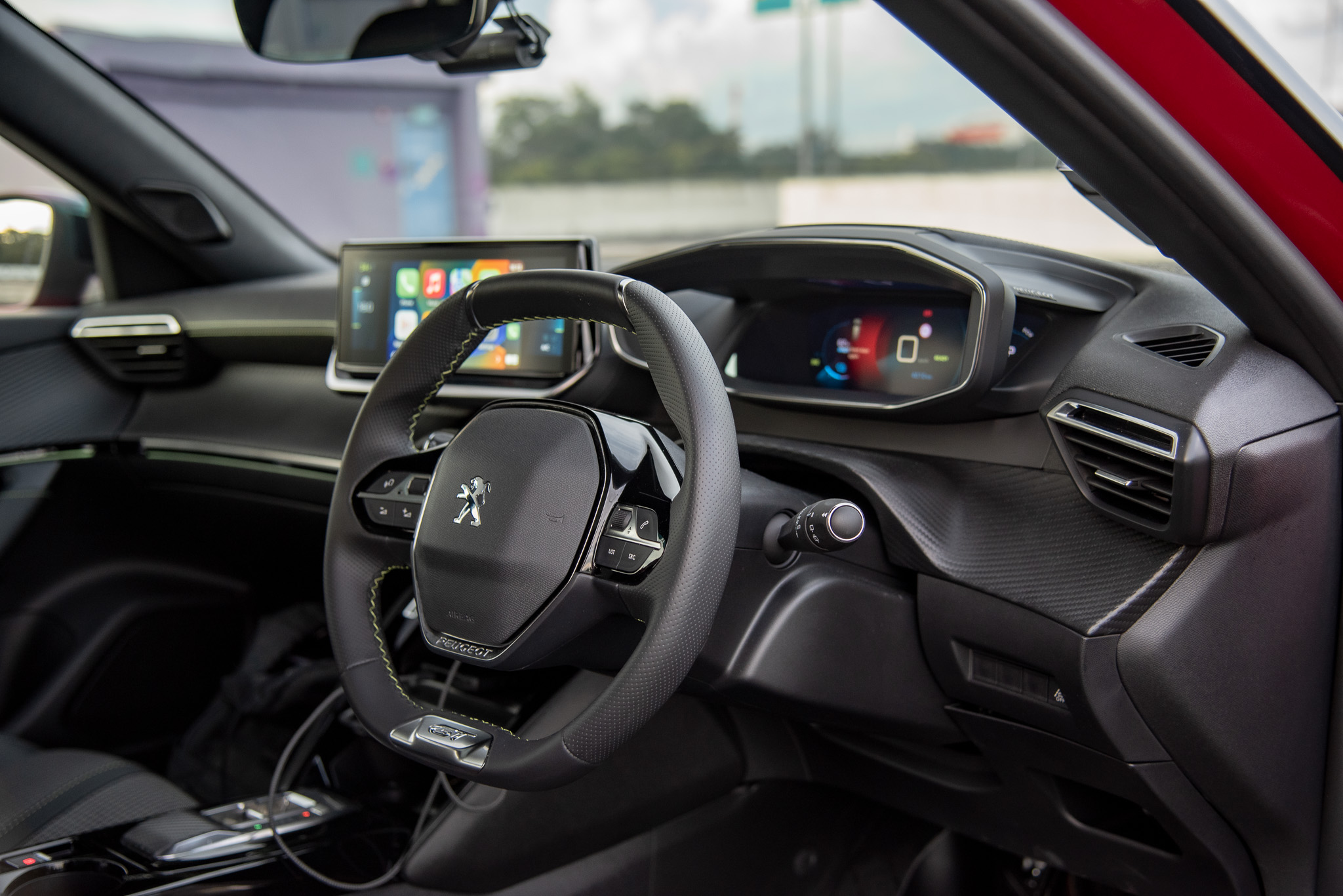
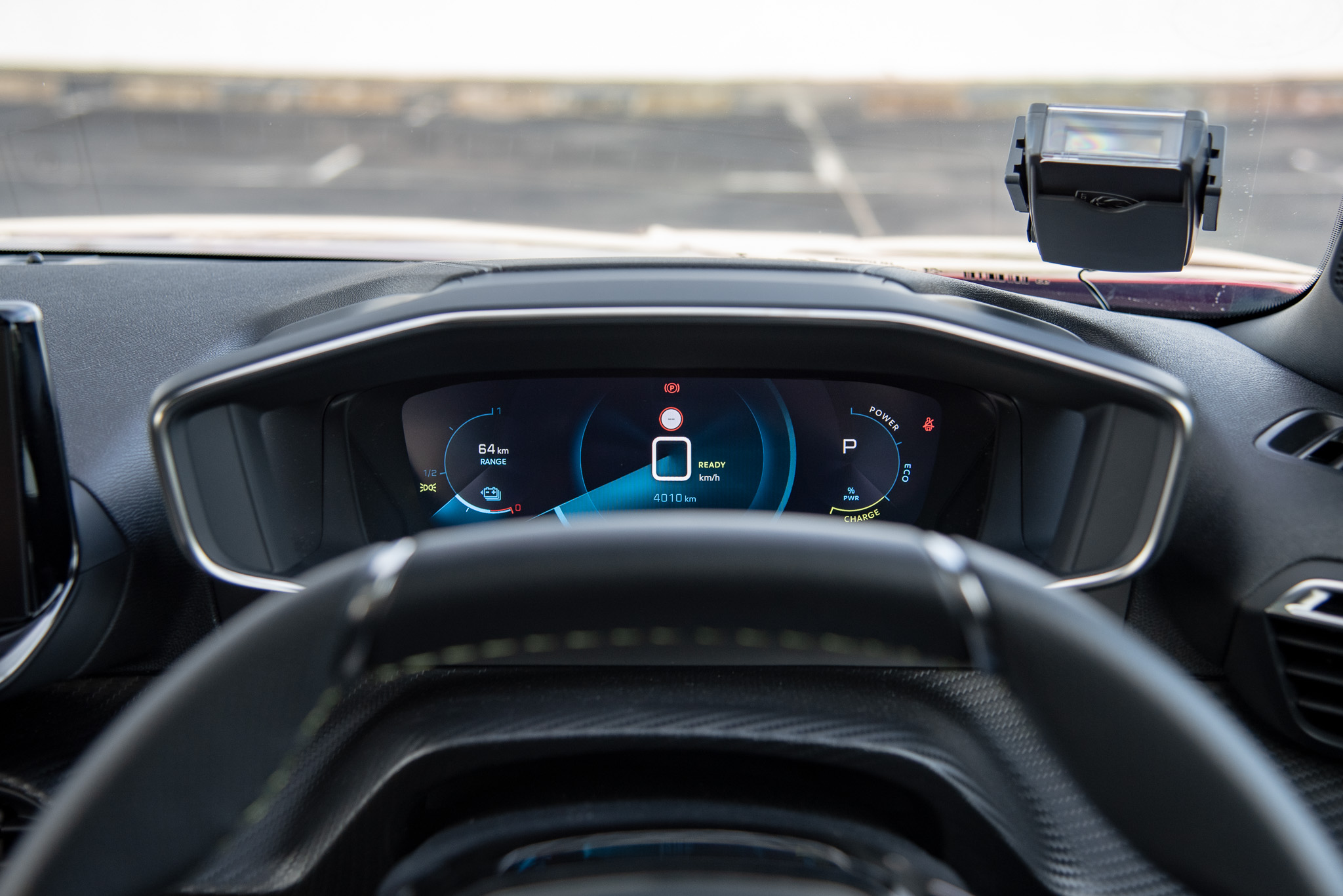
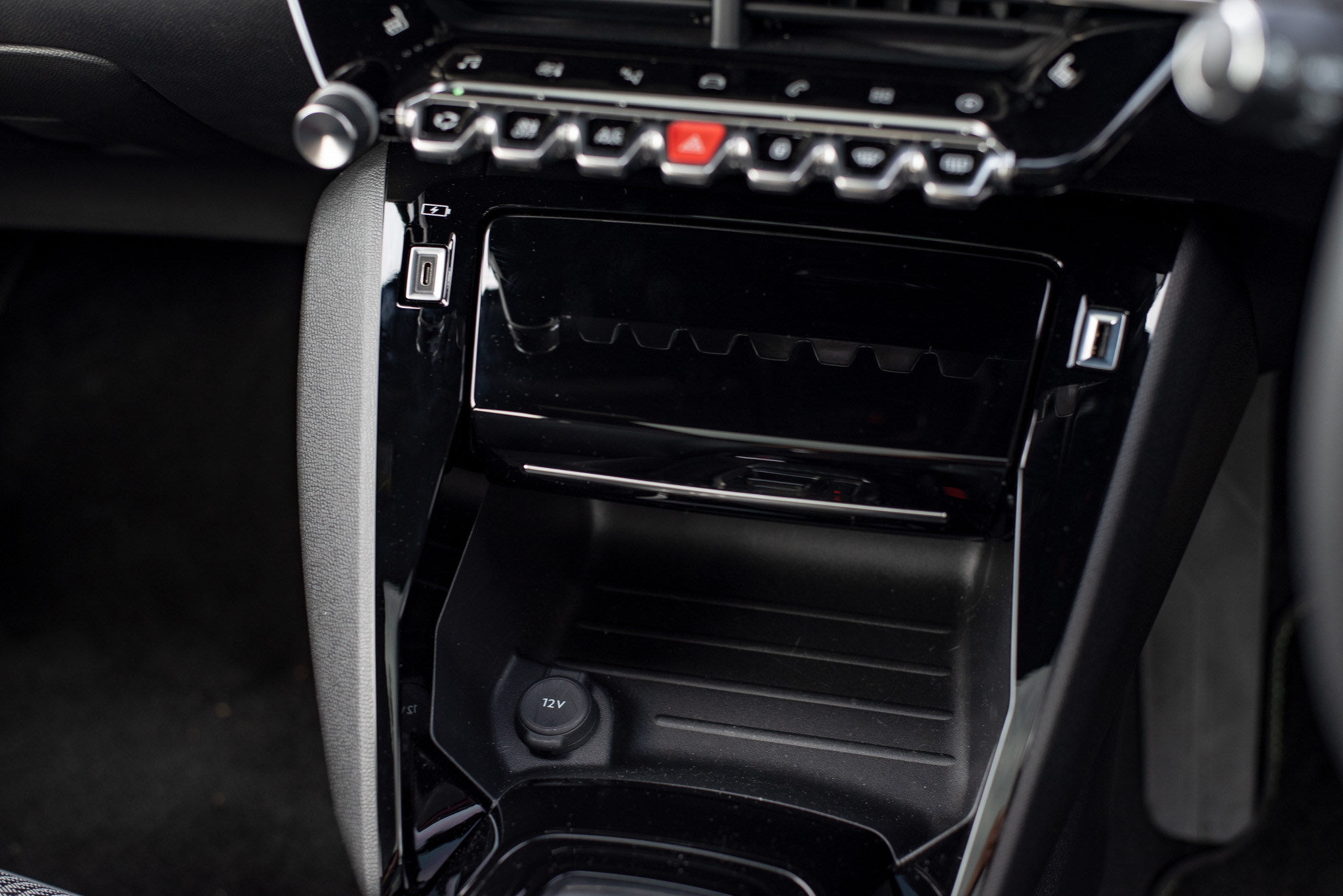
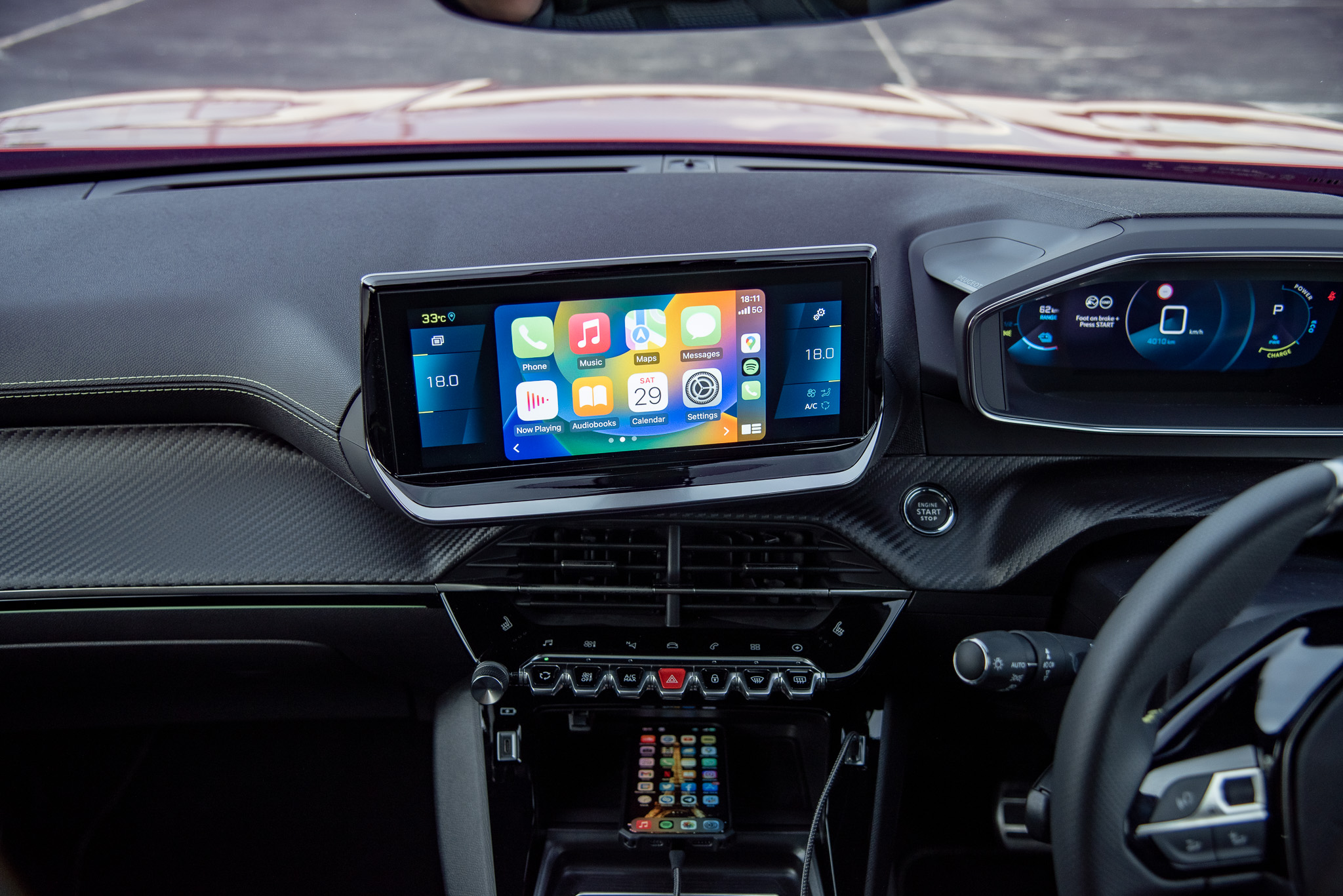
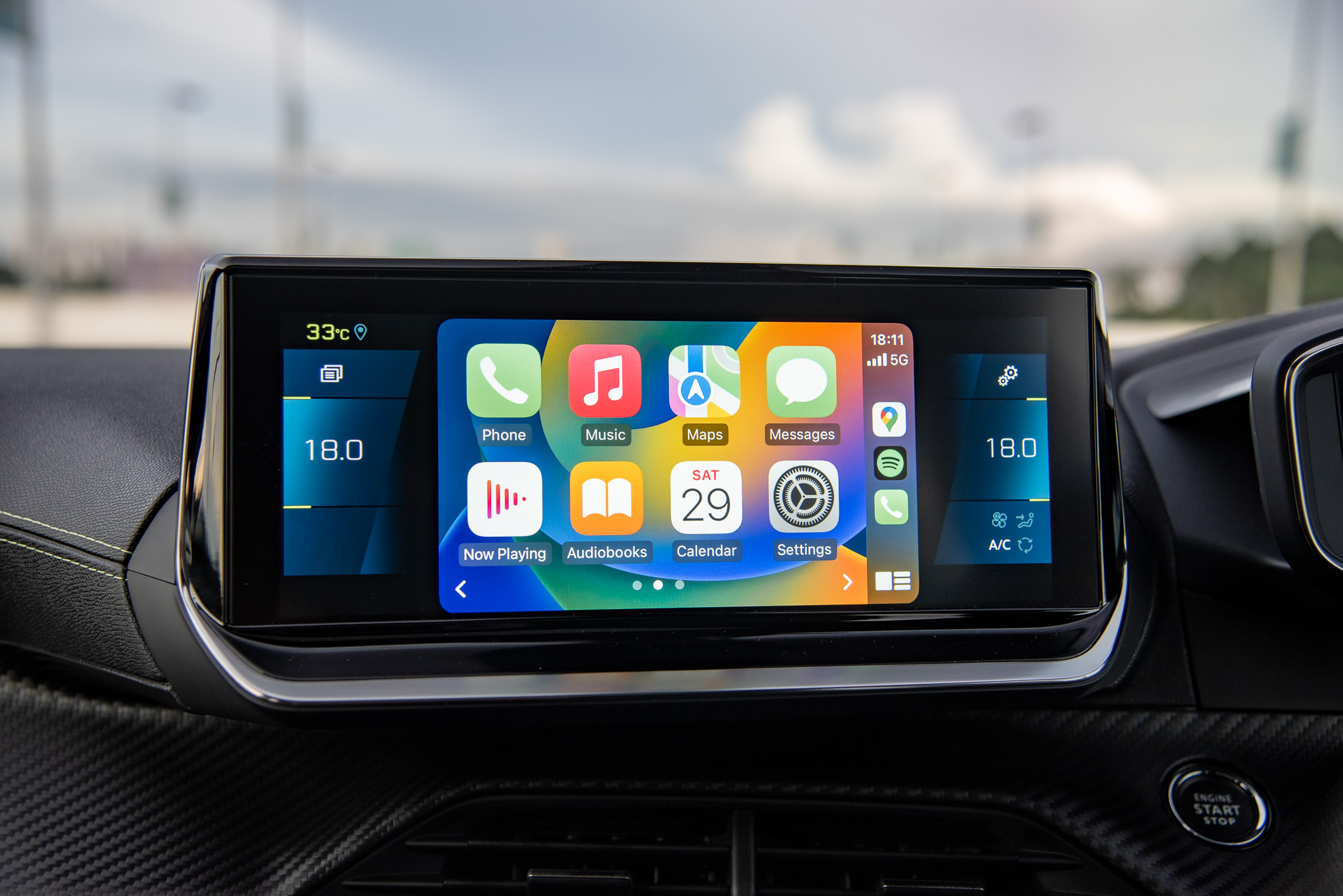
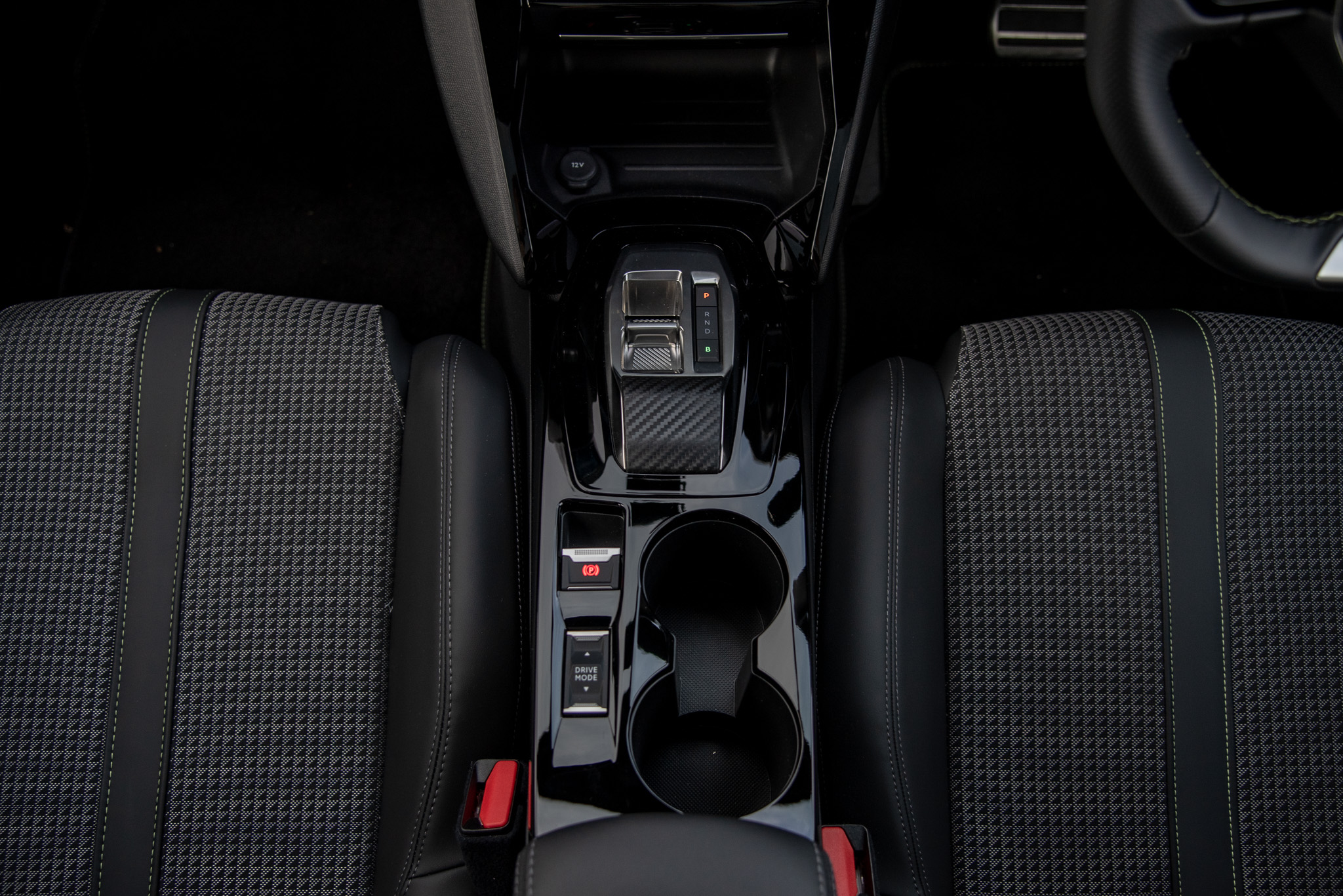
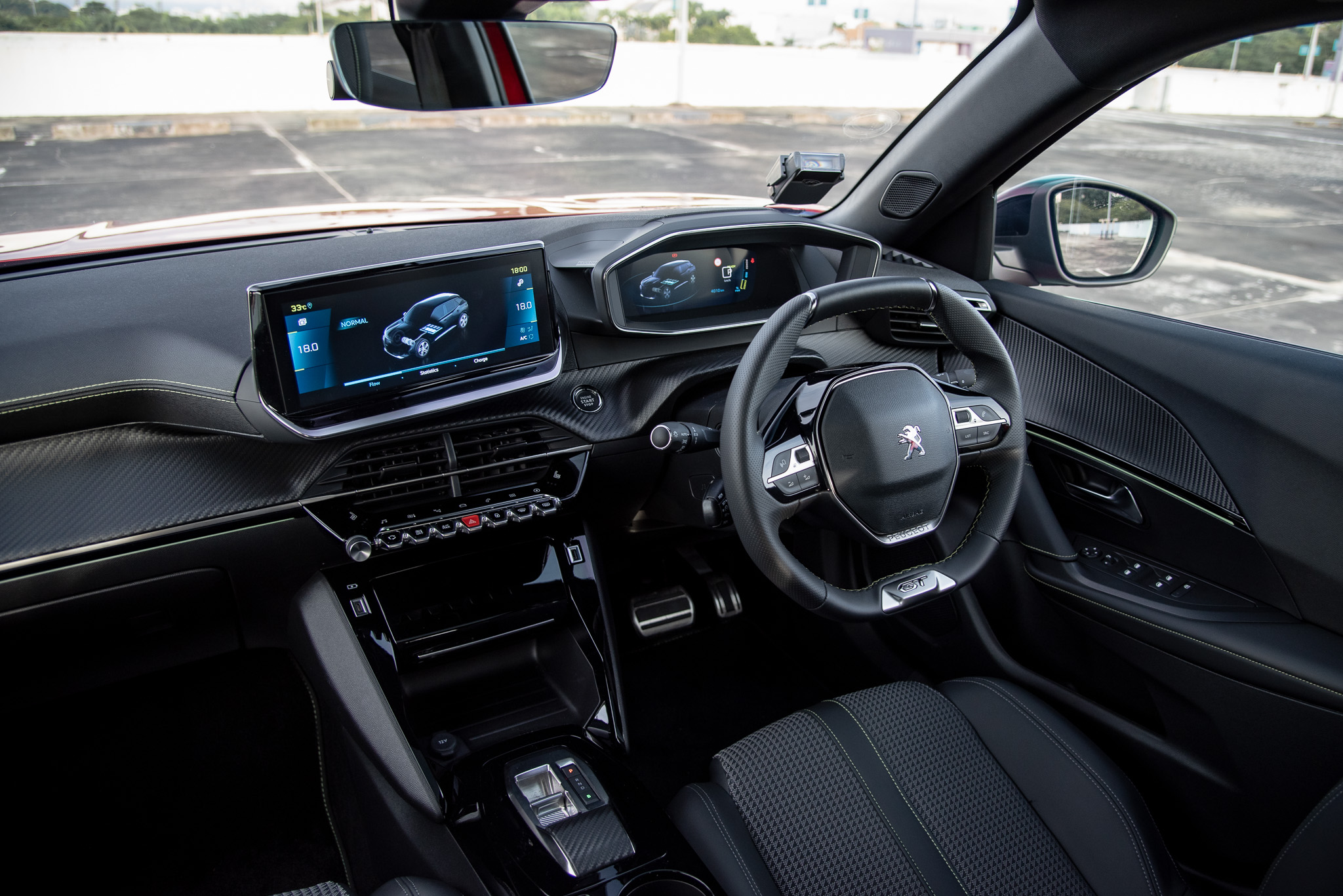
Peugeot e-2008 Review - Feels the same
The same difference, or lack thereof, can be said for the interior. Unlike several germanic manufacturers that have opted for bigger screens or vastly different dashboard mouldings for their electrified offerings, the e-2008 adopts the same quirky aesthetic that the French brand is now renowned for.
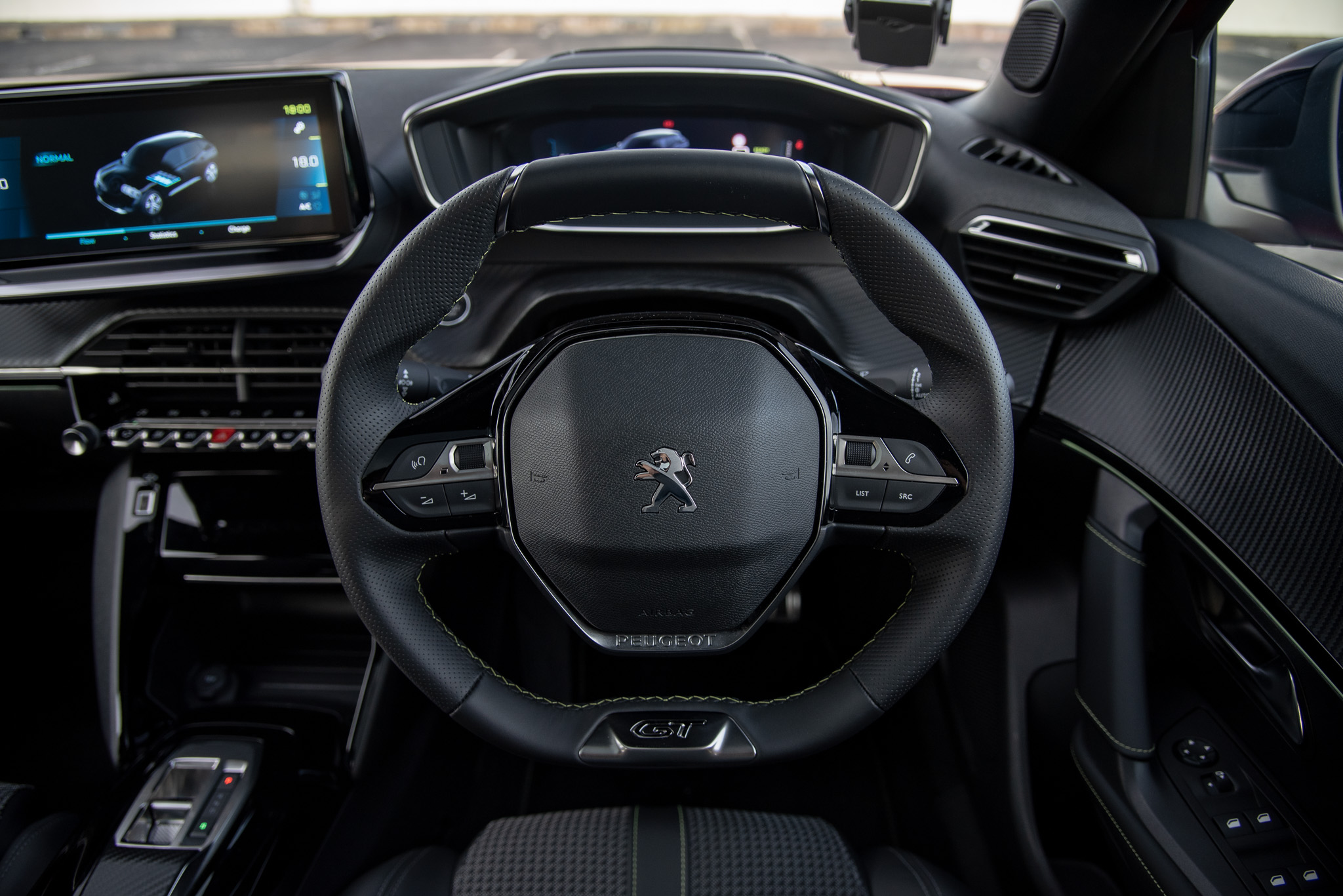
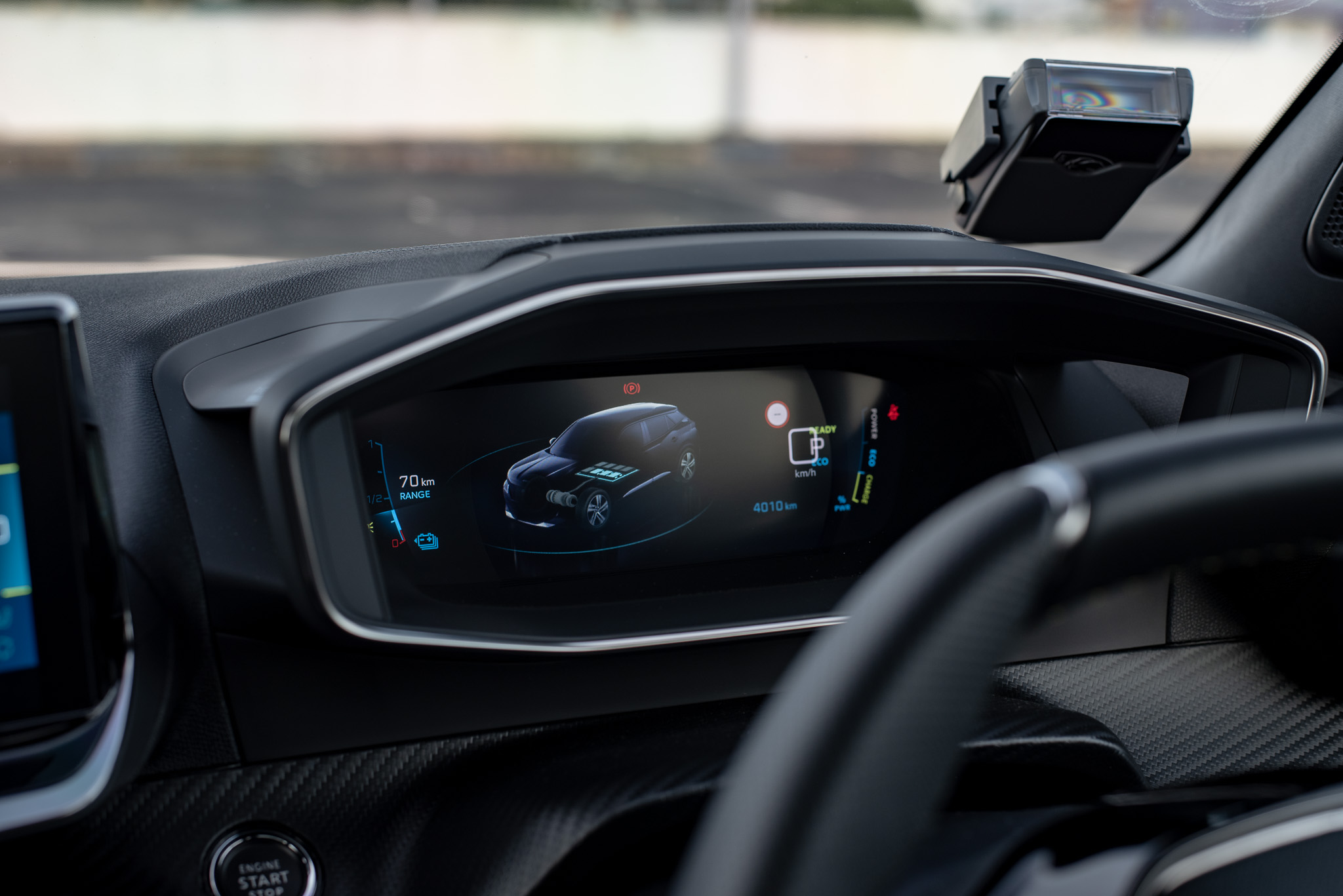
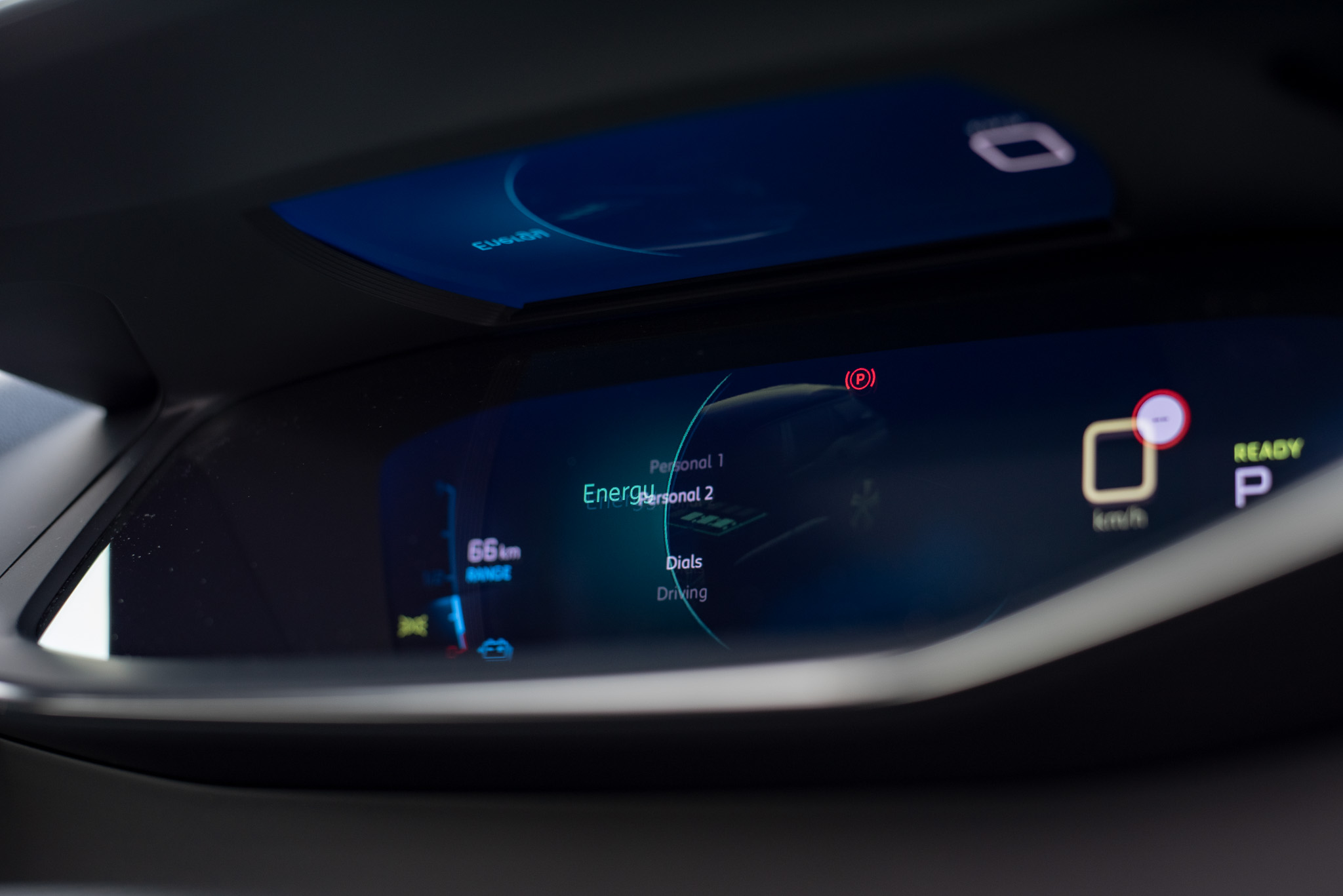
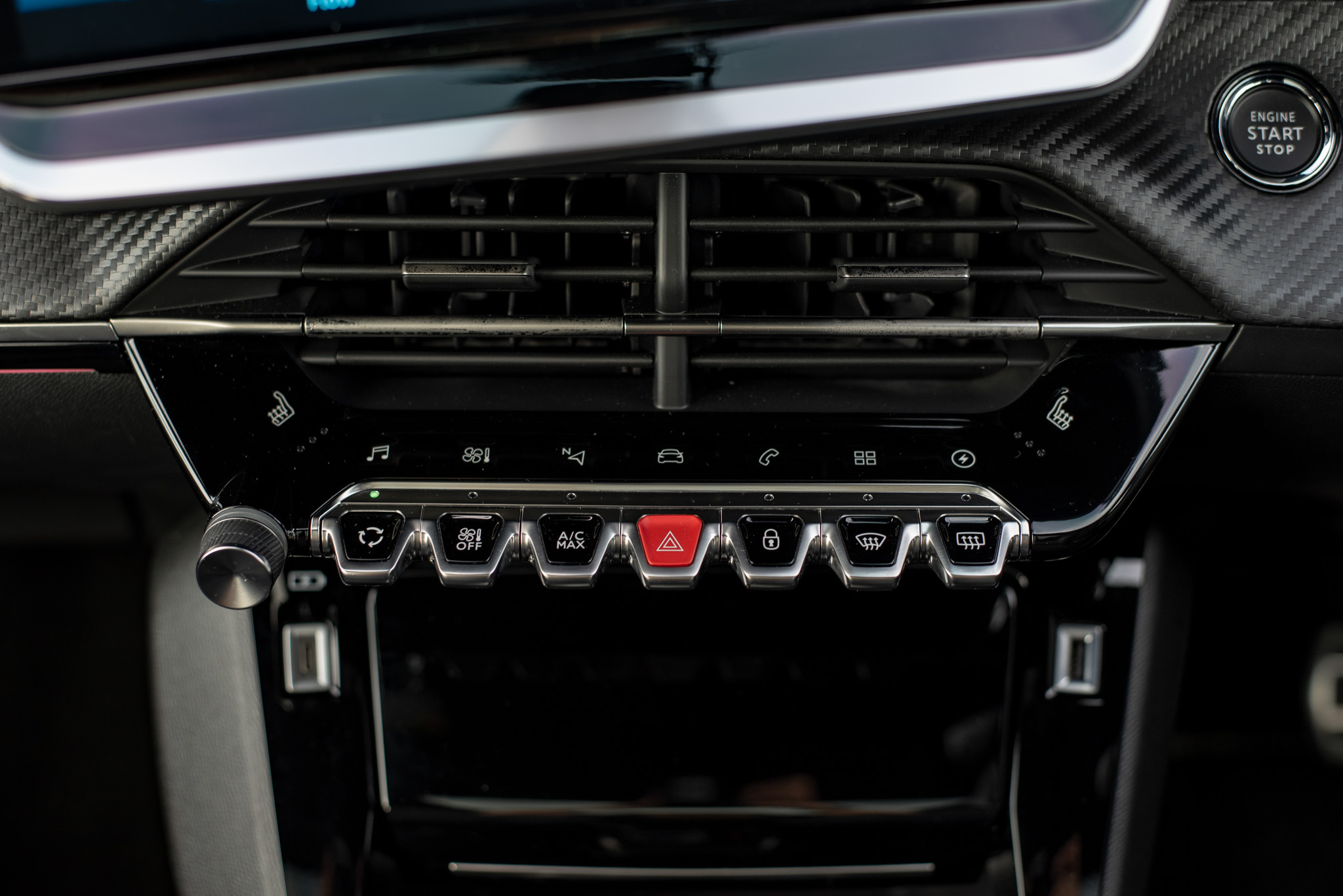
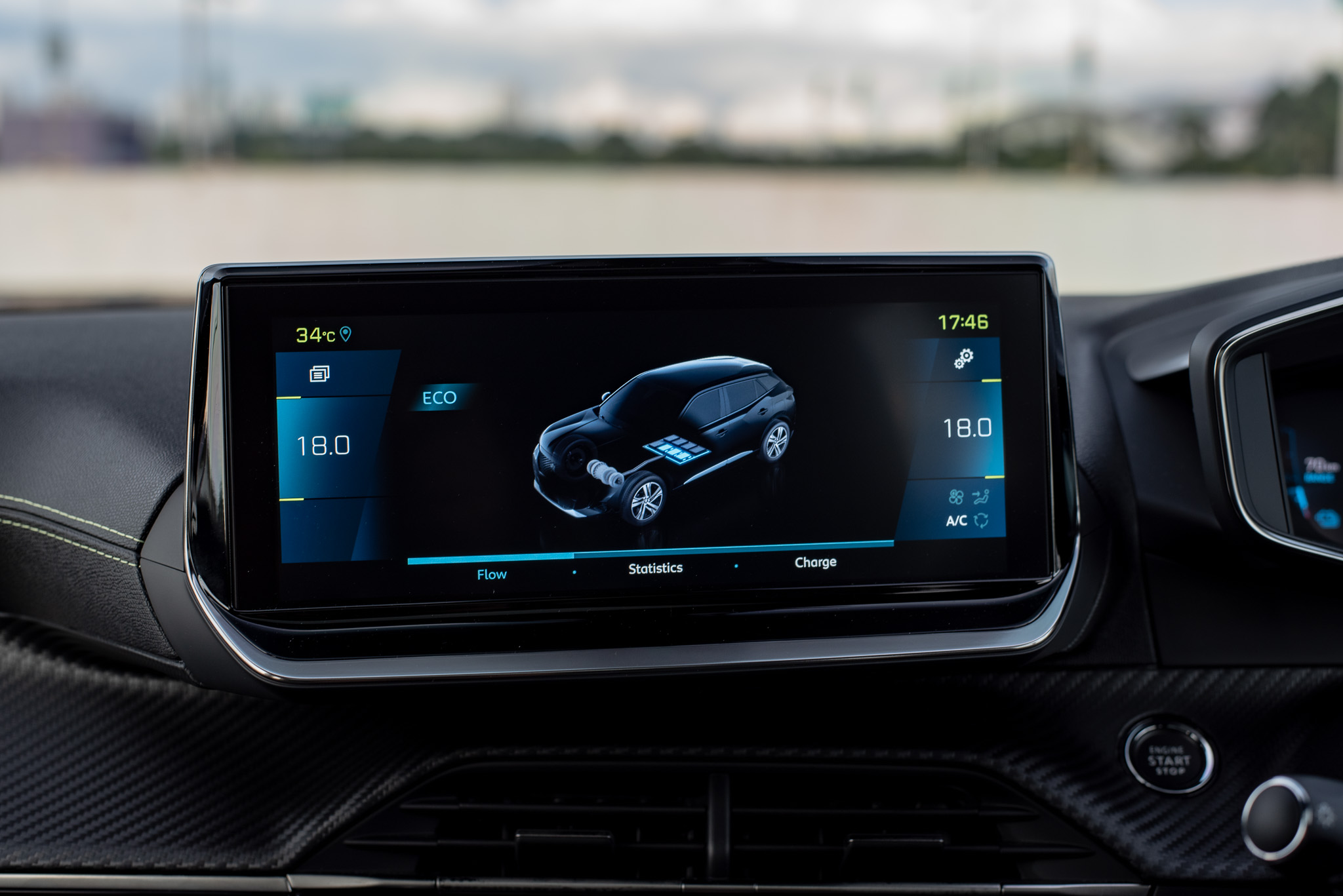
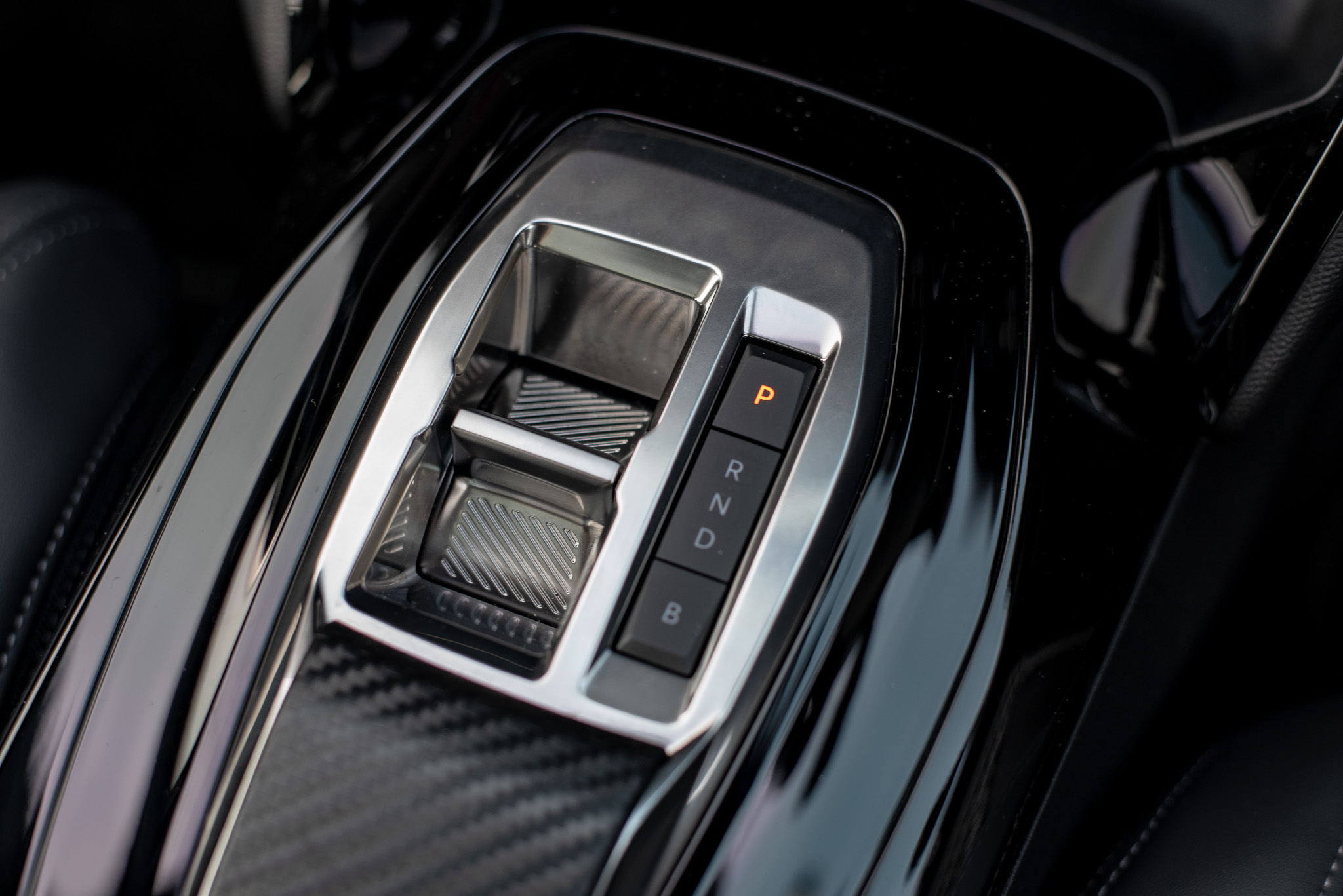
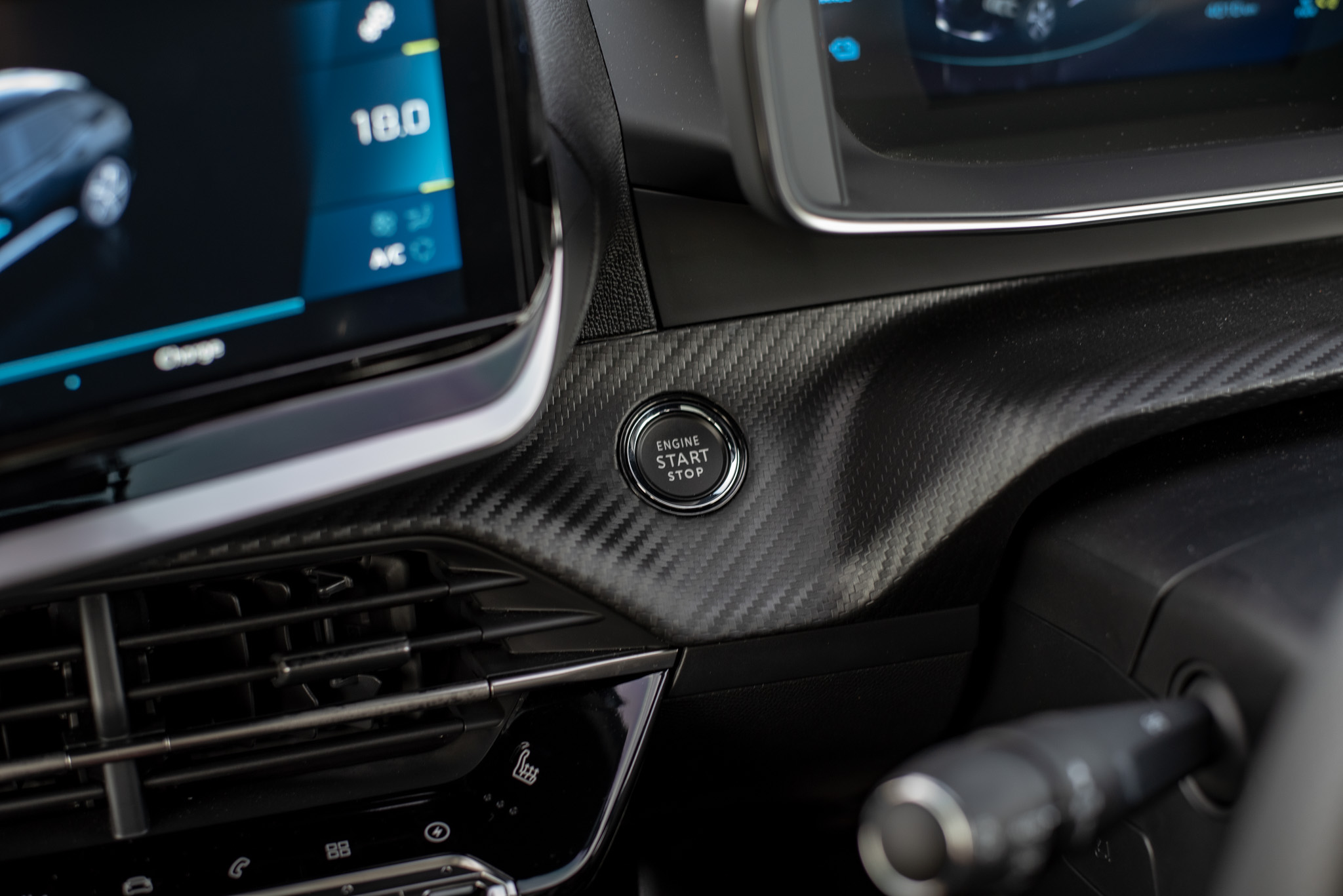
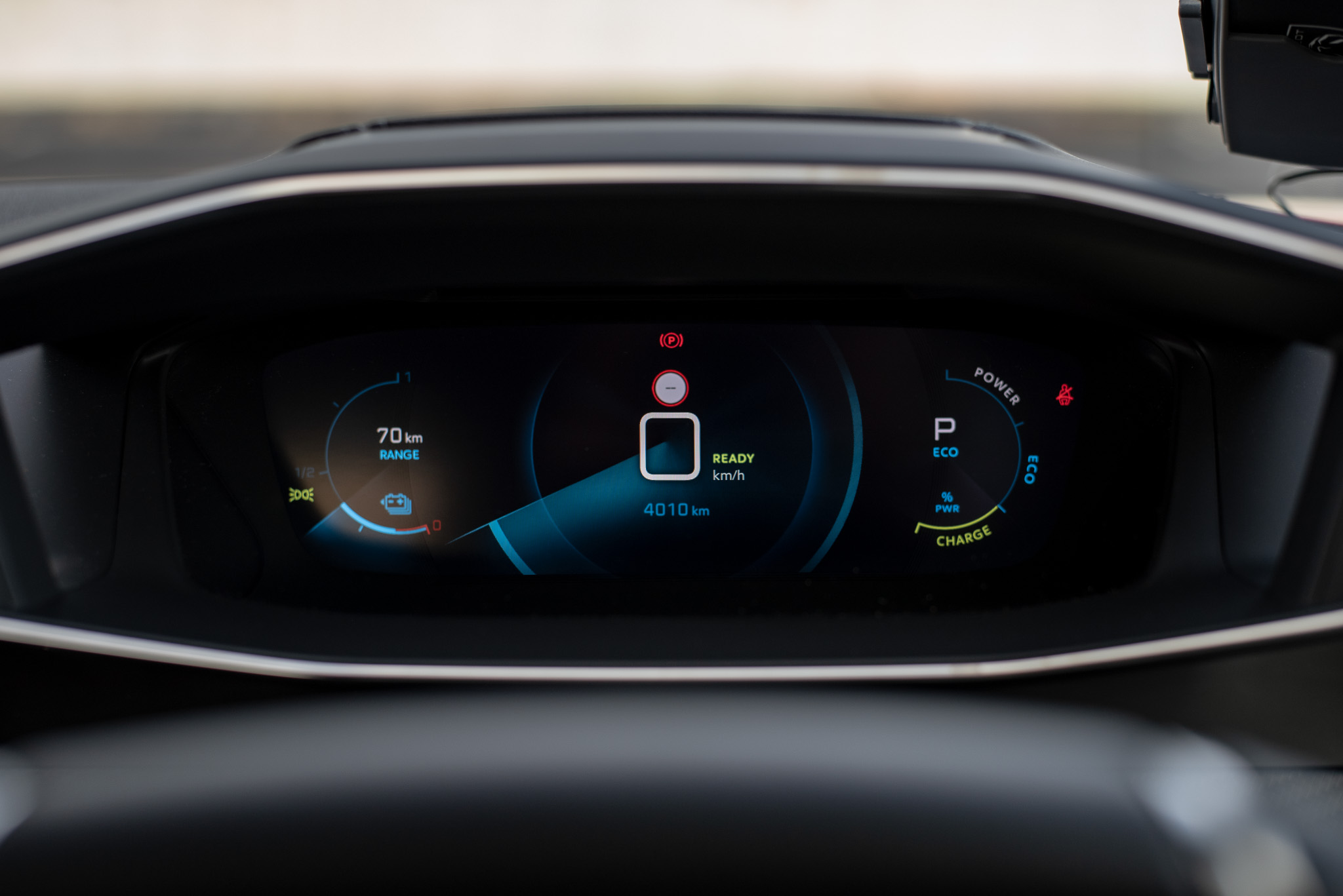
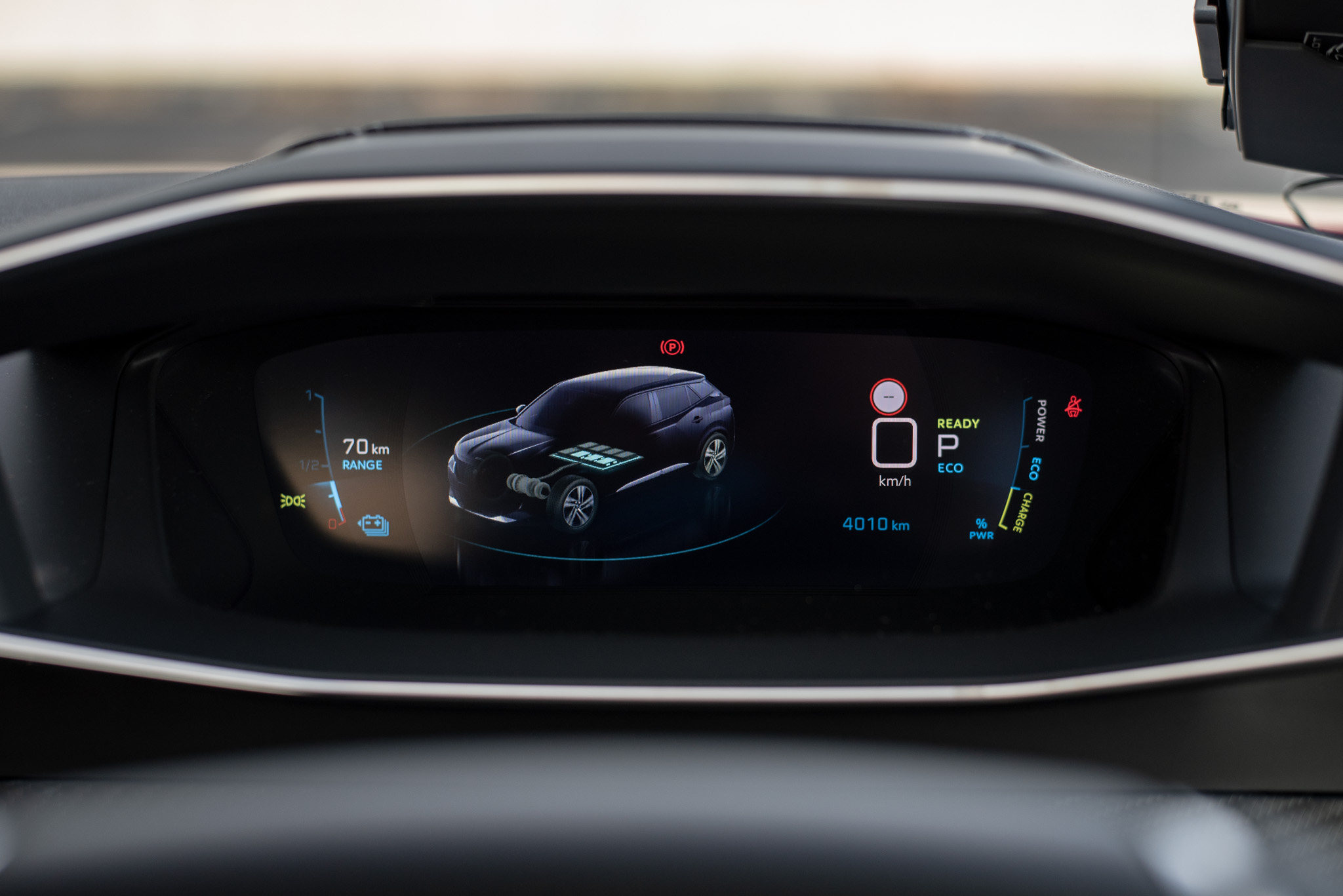
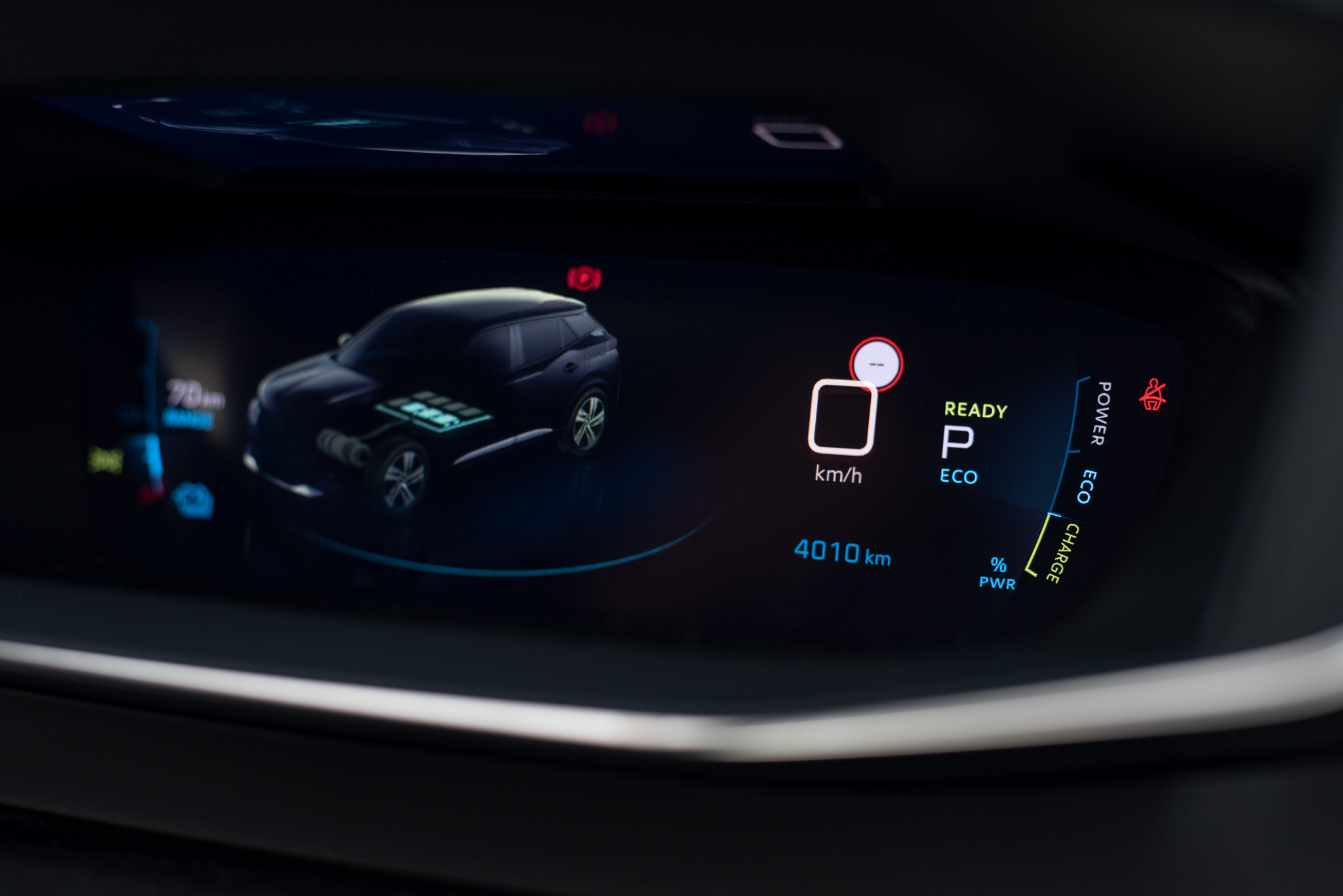
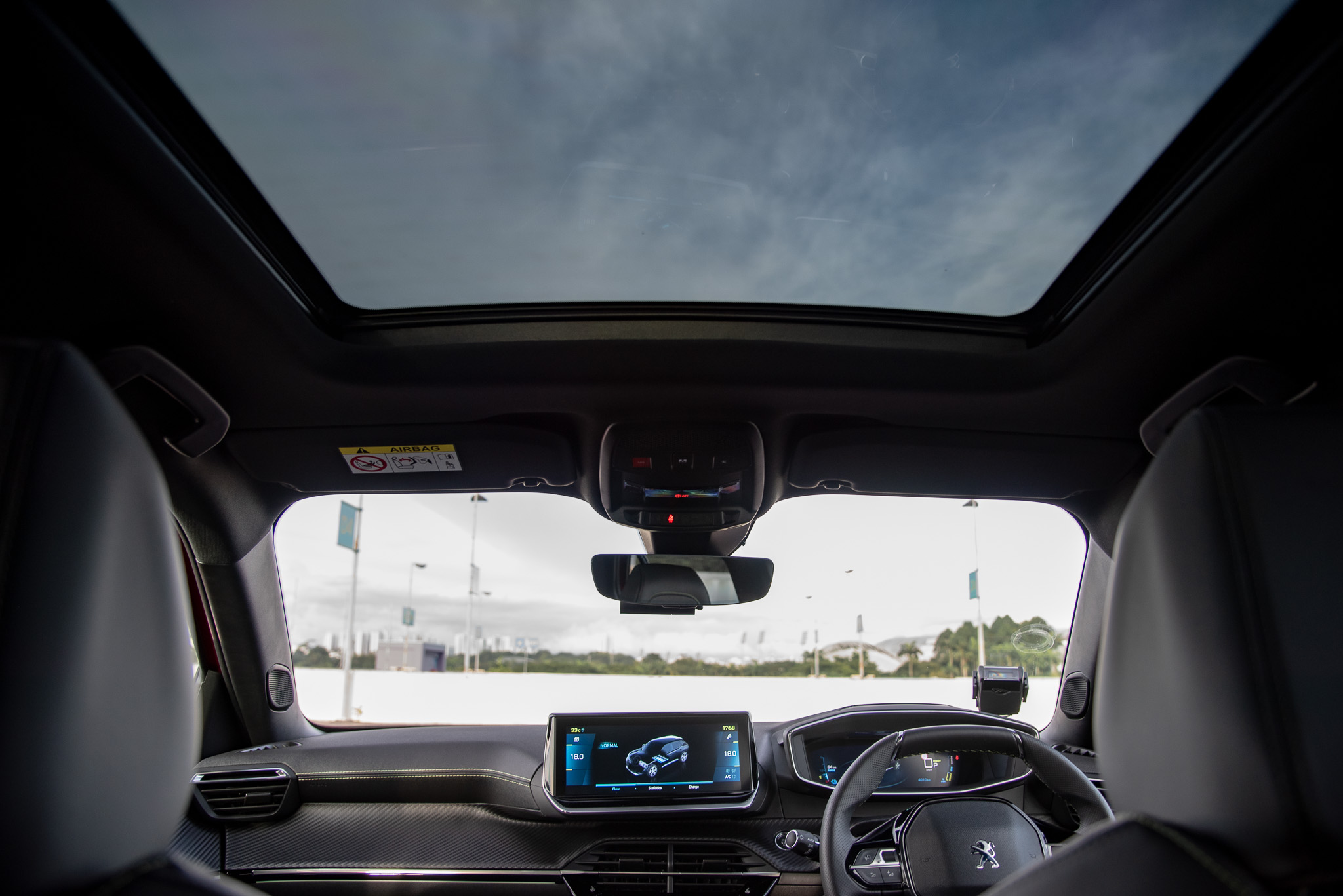
So it gets the same octagonal steering wheel, the same narrow instrument binnacle with Peugeot’s 3D i-Cockpit digital gauge cluster that has a “floating” holographic display, the same dashboard panels with the same carbon textured fascia and the same Kalimba tine toggle switches. But the e-2008 gets a switch-operated gear lever instead.
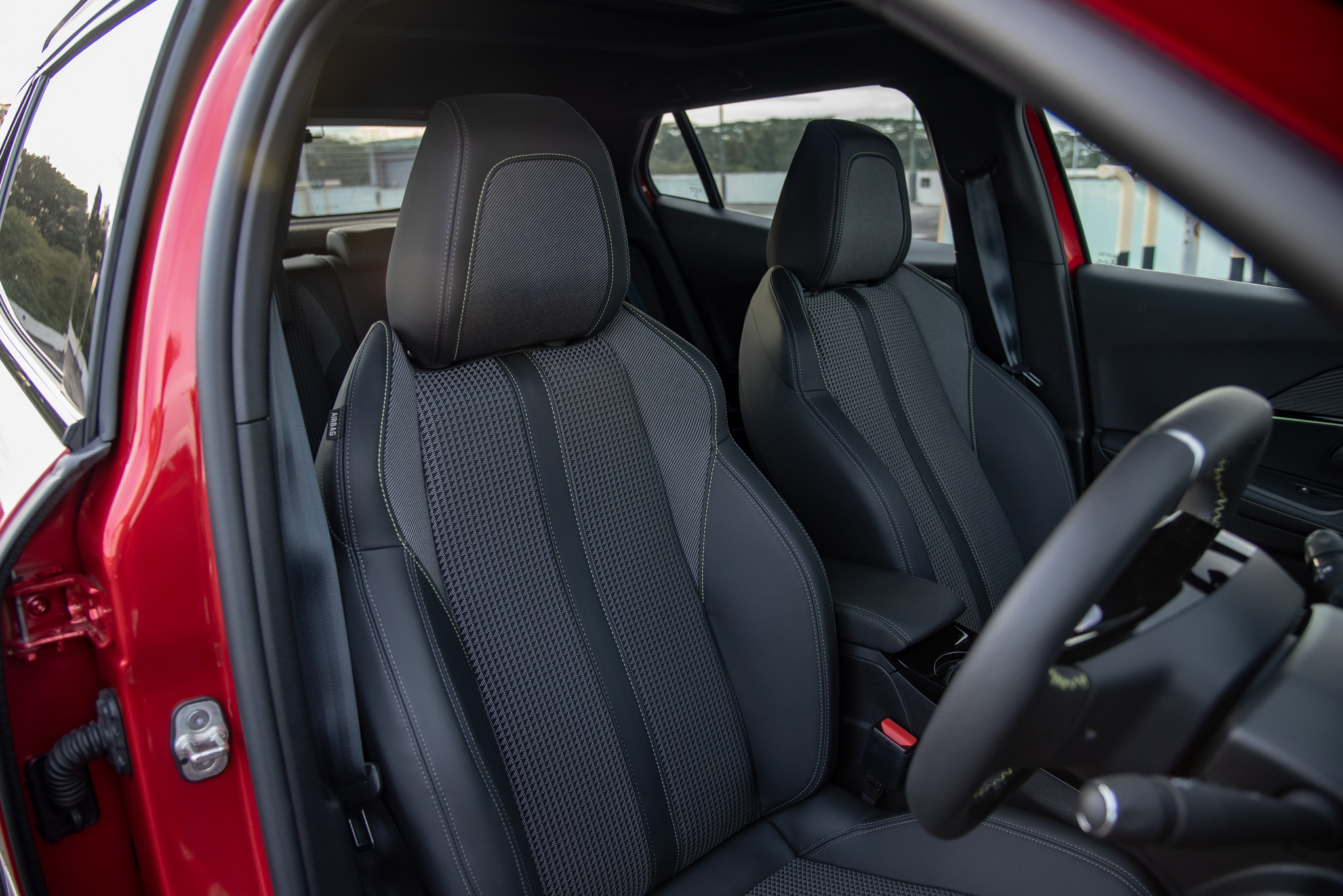
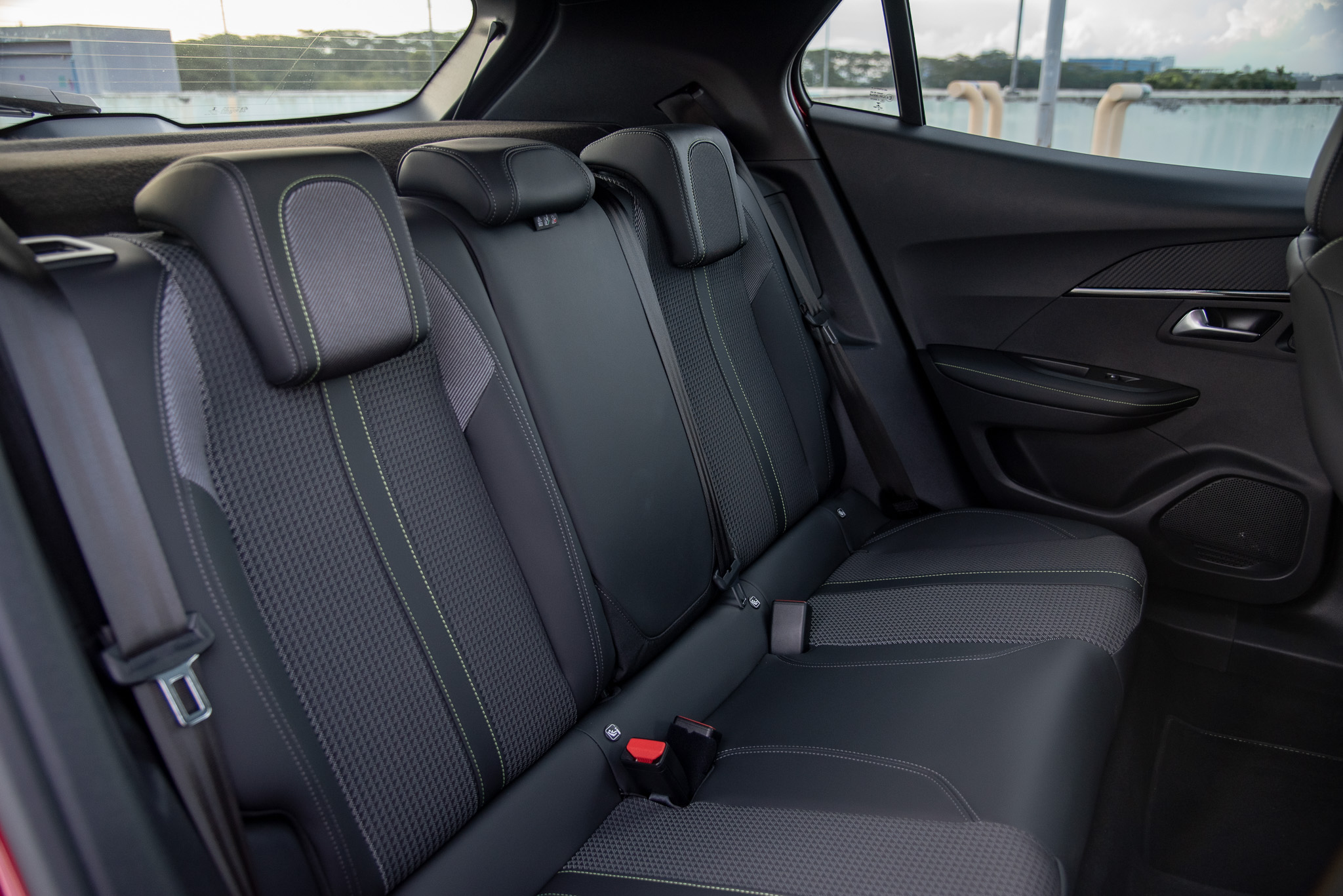
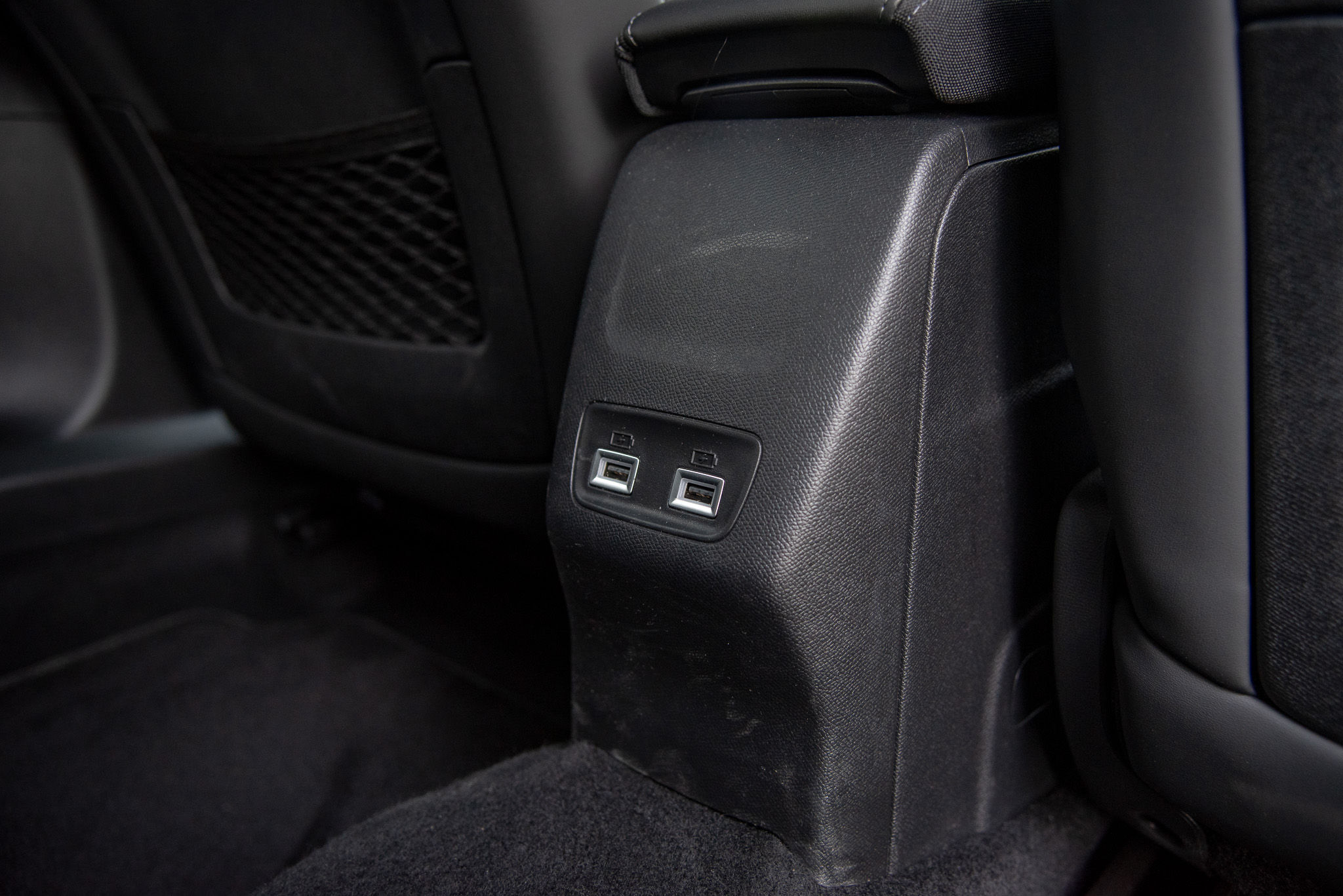
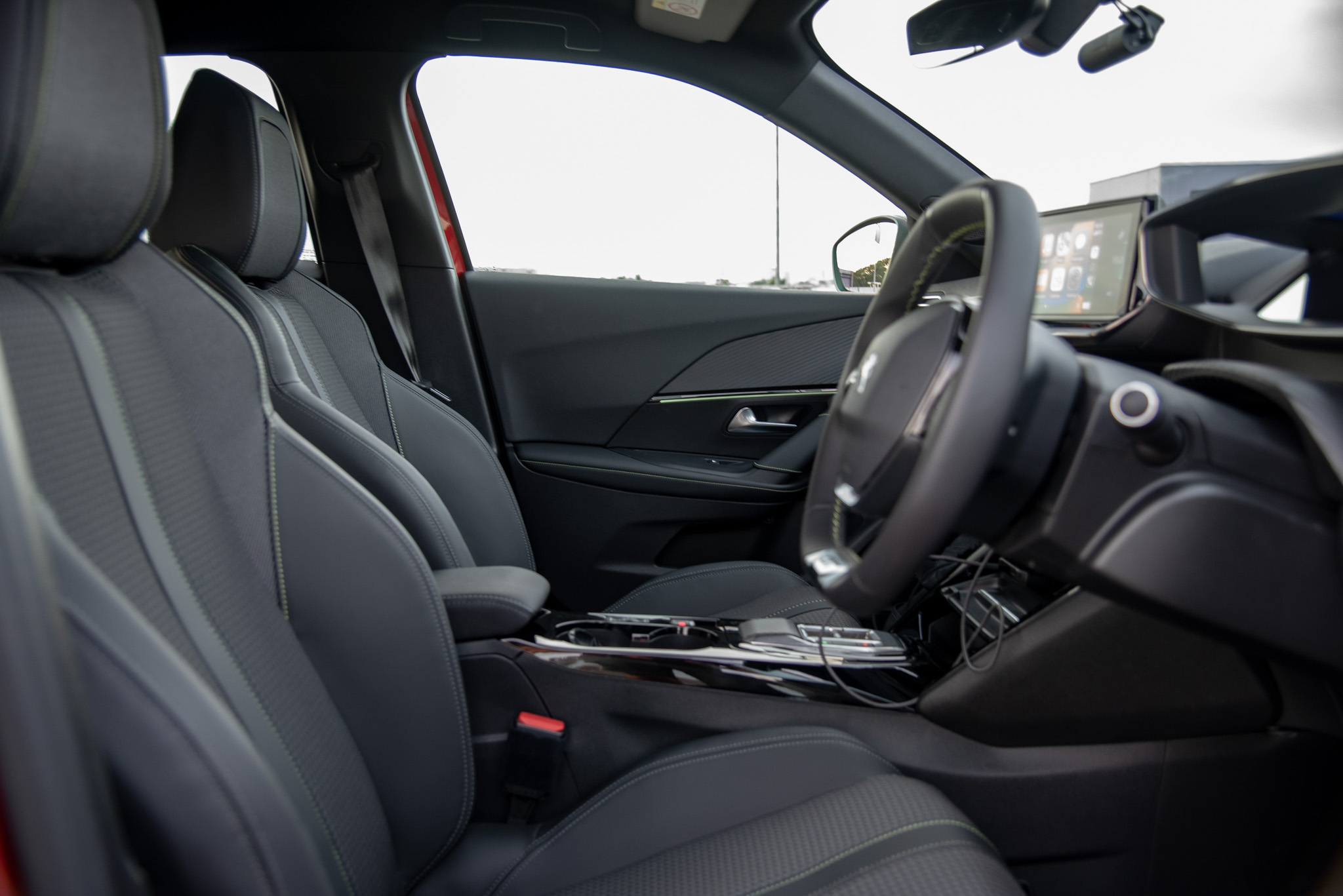
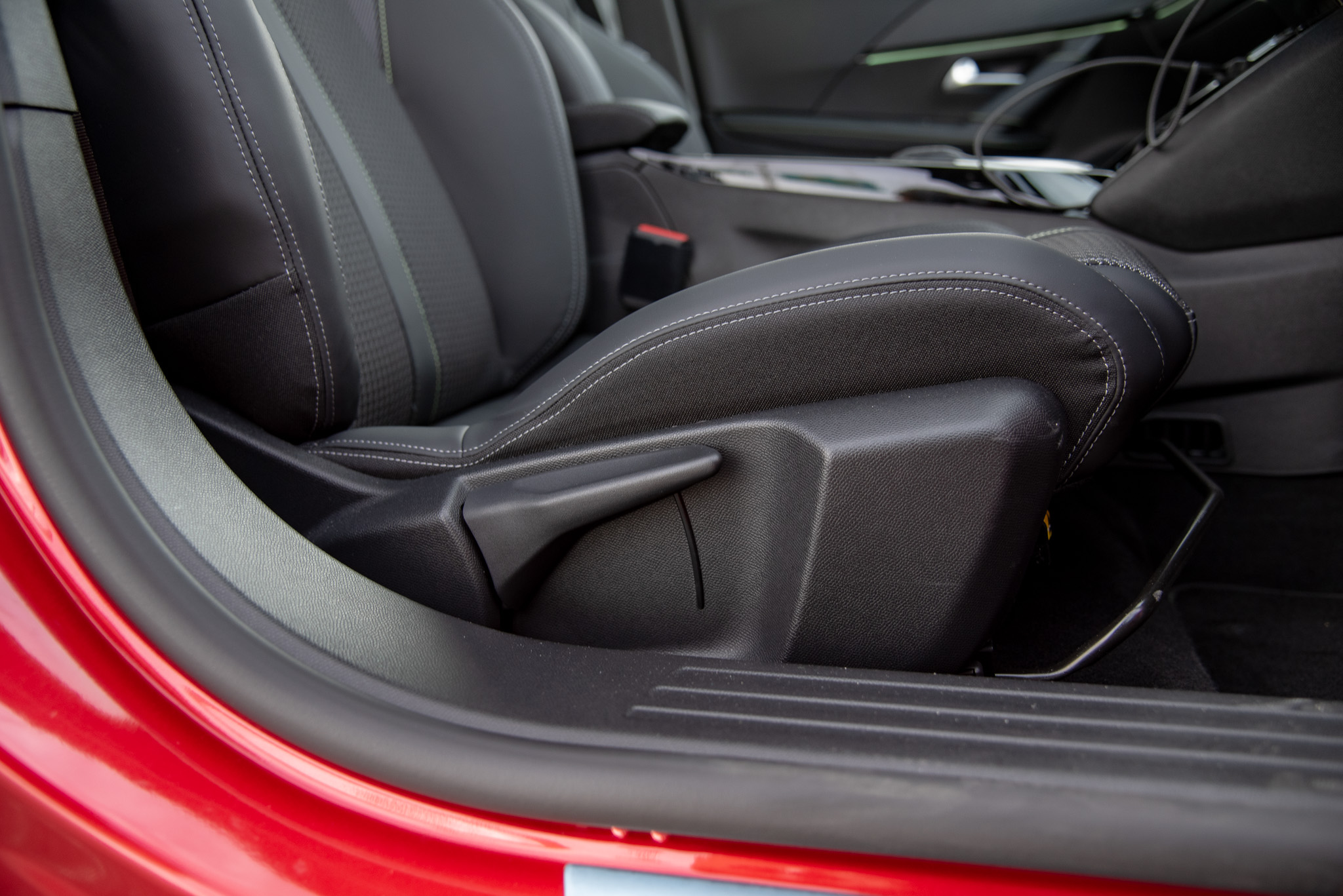
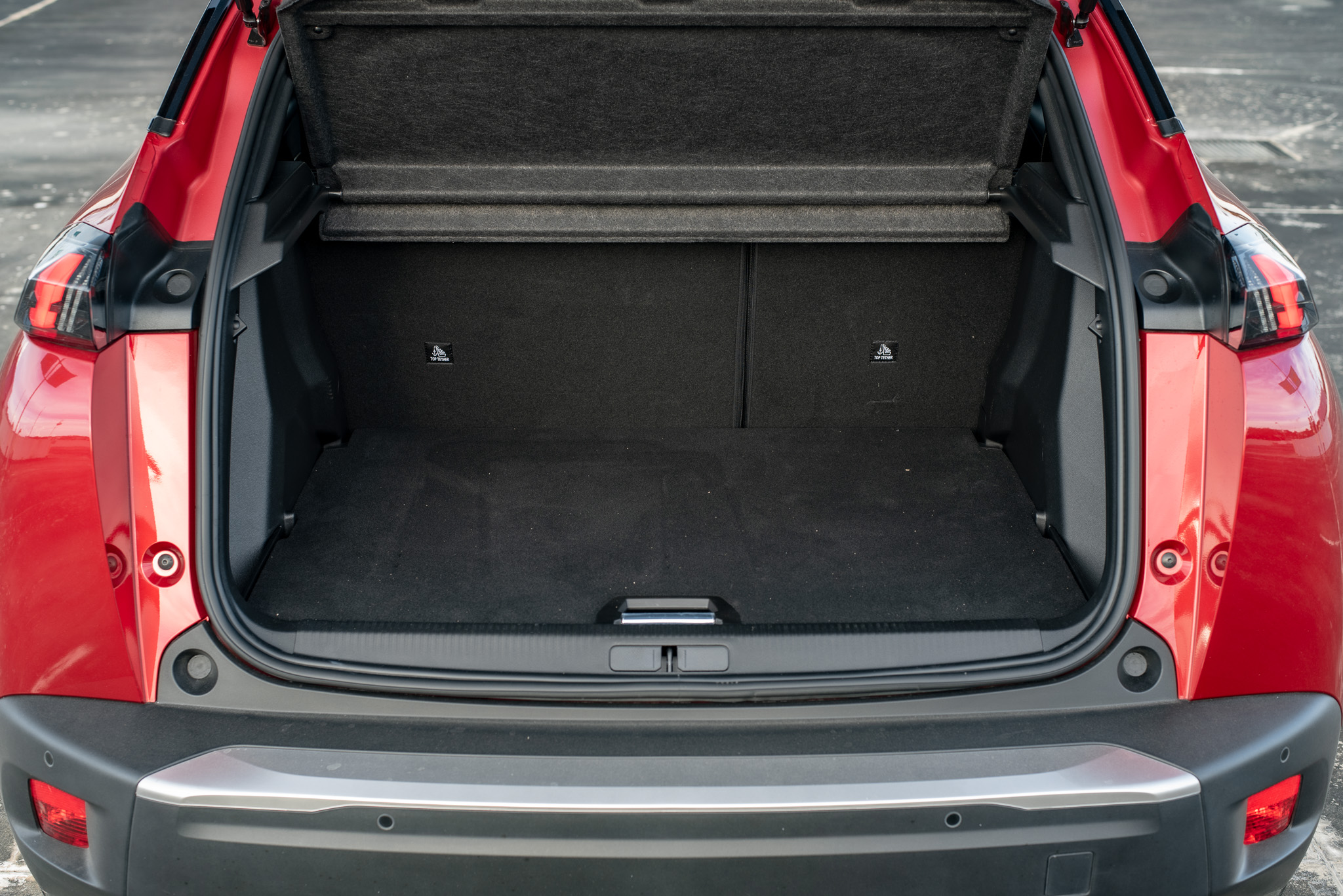
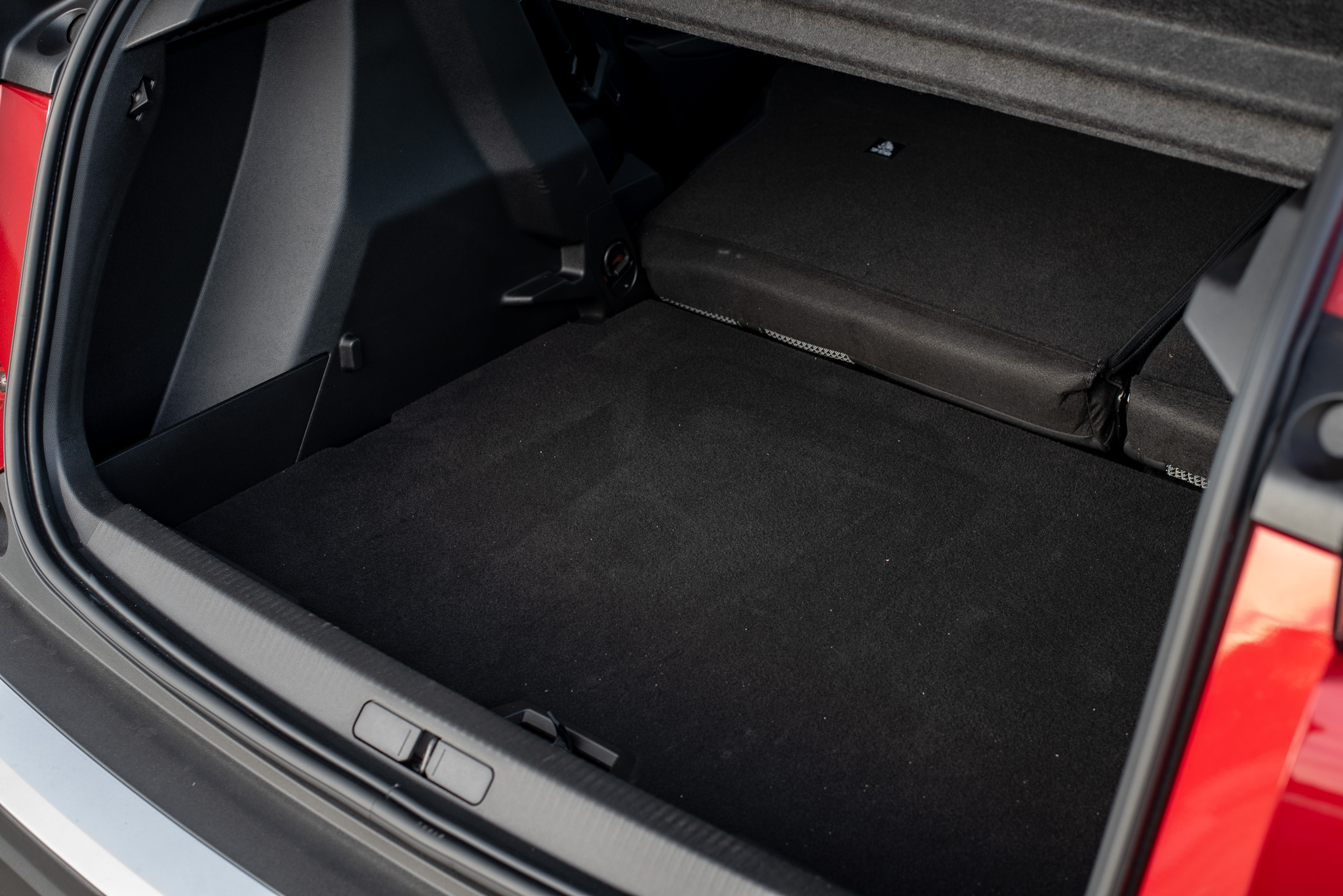
On the practical side of things, rear interior occupancy is largely the same. The floorboards in the aren’t raised to accommodate the batteries, and the car gets the same 434-litre trunk capacity as the non-EV variant. It’s still a cabin that can accommodate 5 adults, but we’d recommend you stick to just 2 adults in the rear bench to keep them comfy.
So on the visual front, it's same same but different with the e-2008. But where drivetrain and handling dynamics are concerned, it's a whole other story altogether.
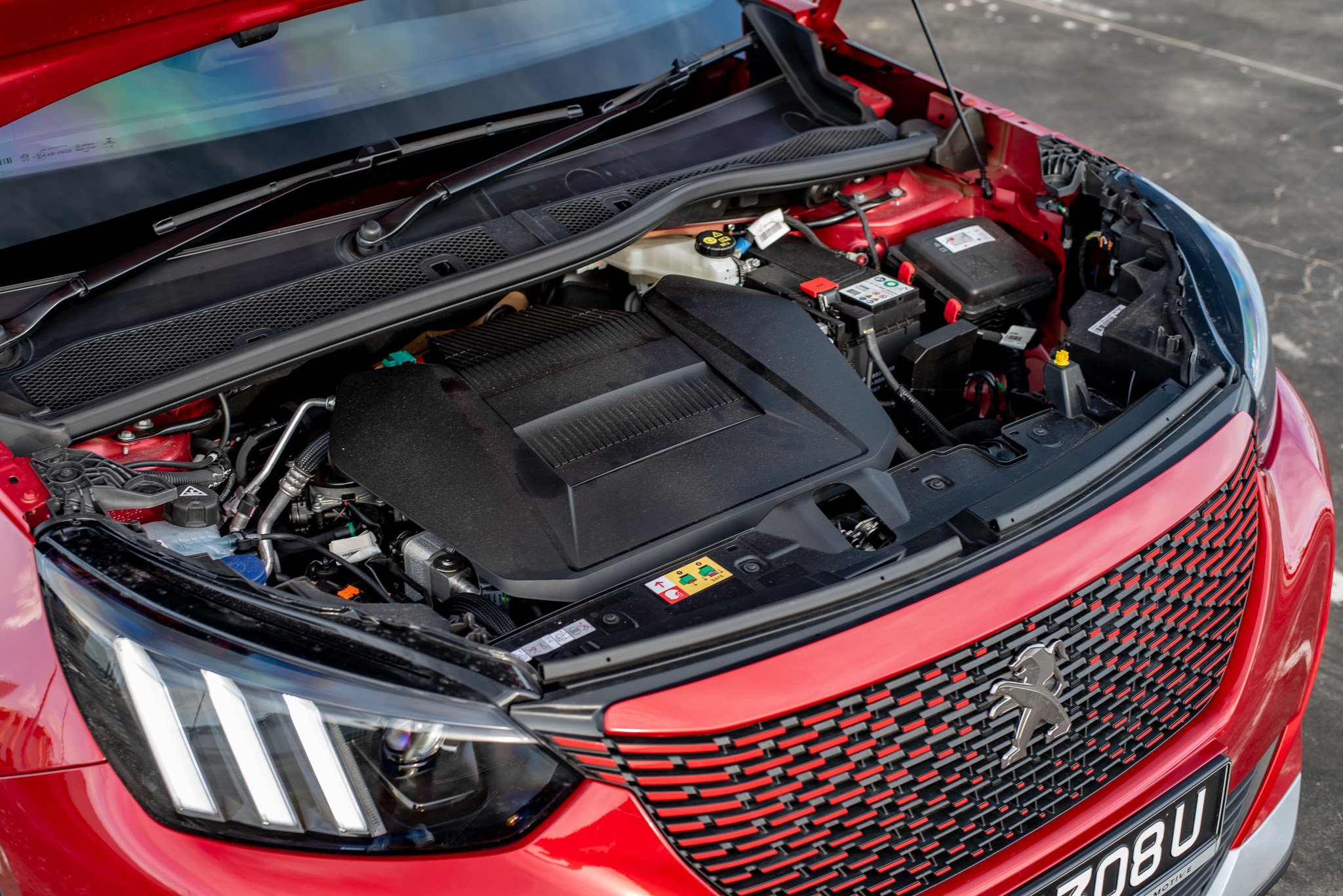
Peugeot e-2008 Review - How does it drive?
Now, the 1.2-litre engine in the petrol-powered 2008 (and by extension, 3008 and 5008) proved to be a buzzy little engine that had an ample amount of torque and was quick to respond to a driver’s inputs.
More often than not, the electric variant of any given vehicle tends to feel quicker off the line due to their instant and tightened torque figures. But such is not the case with the e2008.
In practice, the drivetrain in the e-2008 feels considerably more mellow than its ICE counterpart. The electric motor’s 130 horsepower and 260Nm torque output overshadows the 1.2-litre’s power figures, but the e-2008 is a full second slower from 0-100km/h than the petrol-powered car, hitting 100km/h from a standstill in 10.1 seconds.
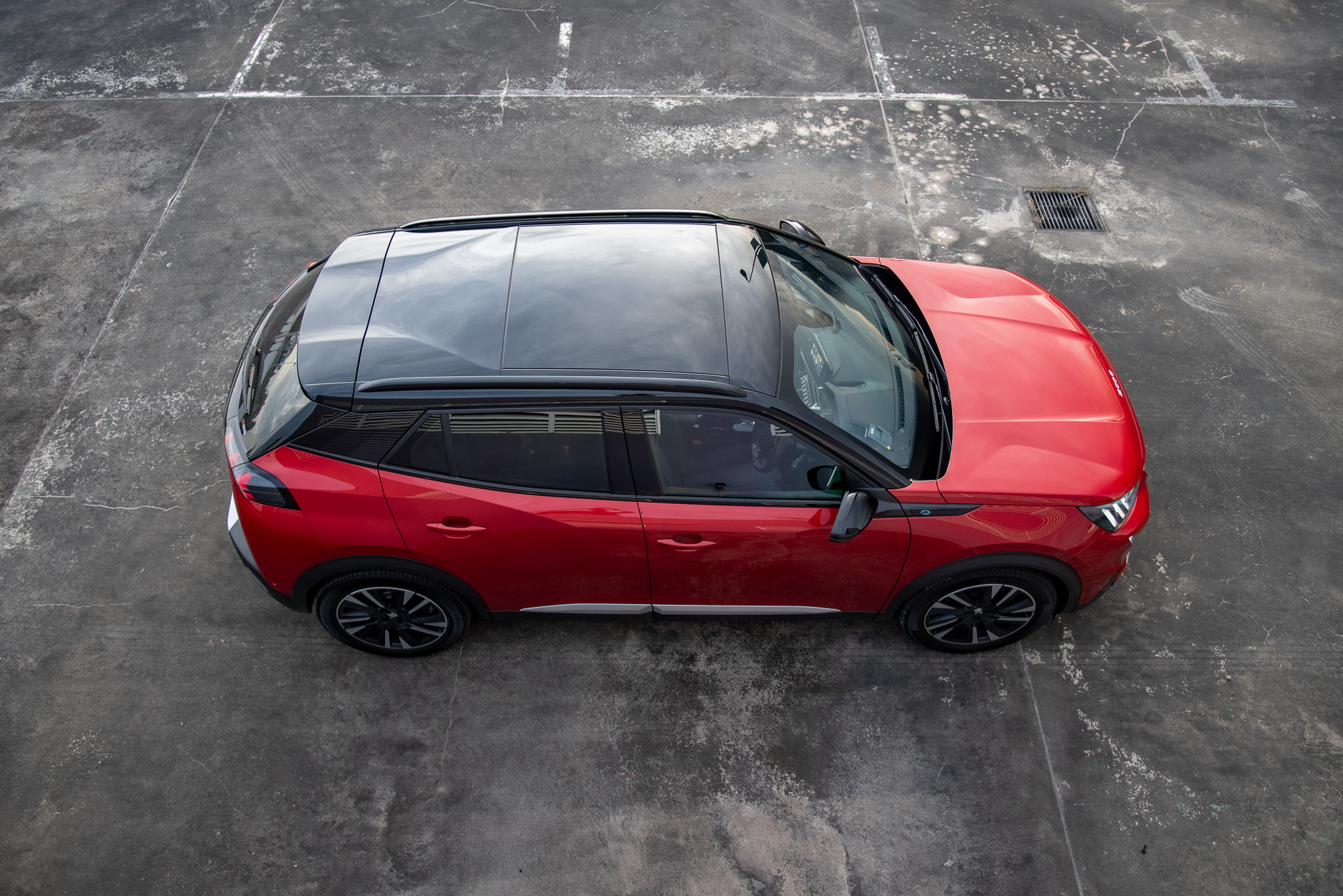
The other difference lies in the weight of the car. Where the ICE 2008 weighs 1205kg, this e-2008 tips the scales at 1548kg. That’s a near 30% increase over the petrol-powered 2008, which plays a factor in the EV’s ability to get up to speed. But said weight and EV drivetrain lends the e-2008 a distinct personality that further differentiates it from the 1.2-litre 2008.
On the road, the e-2008 feels like the tamer and gentler car of the two. Its softer and more pliant, leaning into to corners a little more steeply. But there’s a considerable improvement in NVH due to the near-silent EV running gear. That, coupled with the soft springs, make the e-2008 a perfectly adequate runabout to get you from point A to point B.
When called upon, the brakes coupled with the energy regeneration system works well to slow the car down. But under lighter braking inputs, the brakes feel less intuitive, almost as if there’s increased latency between your right foot and the calipers. It’s a system that takes some getting used to.
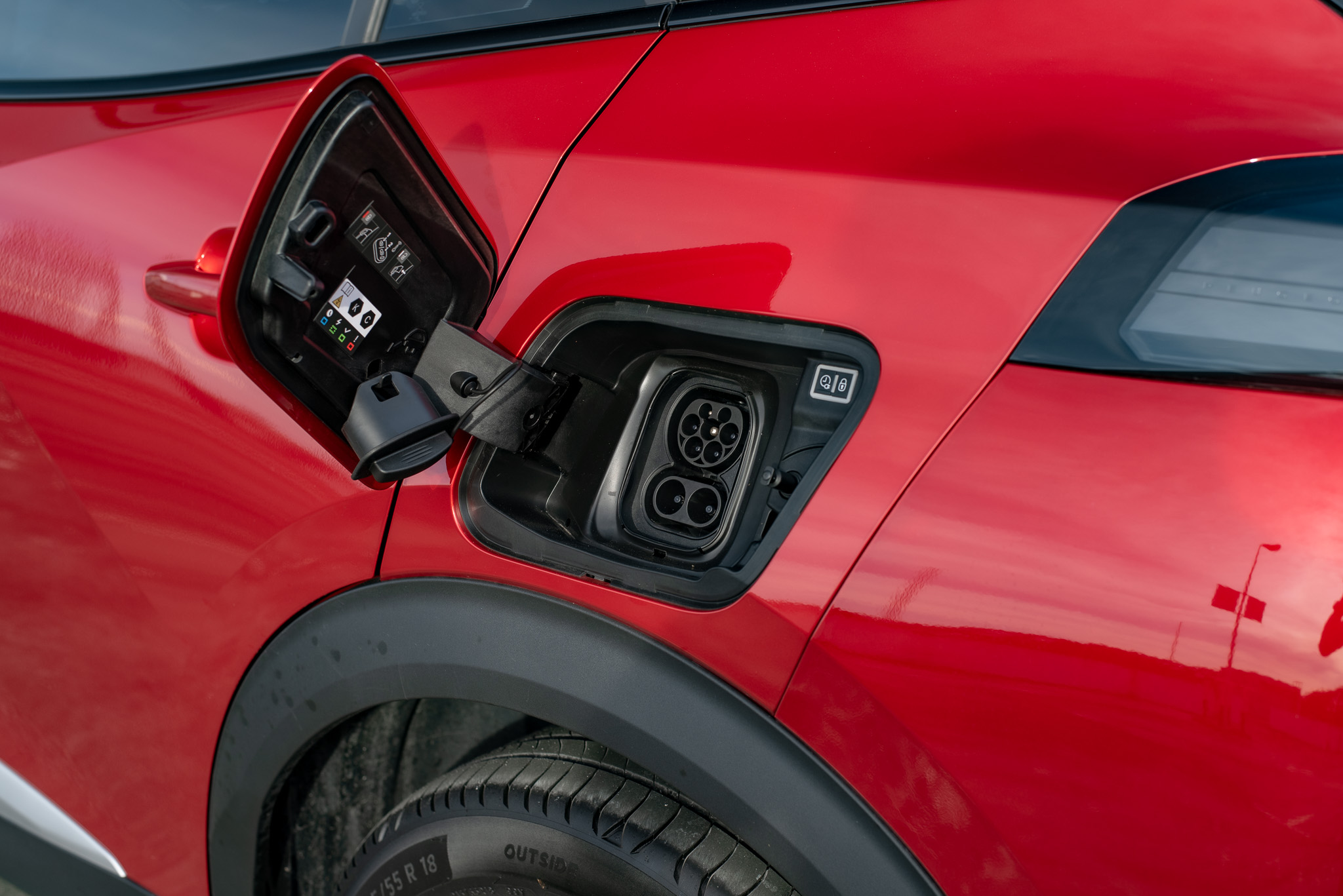
Peugeot e-2008 Review - How efficient is it?
Over the weekend with the car, I clocked an average efficiency figure of 16.9kWh/100km. Bear in mind that I was by no means driving efficiently and I had a full photoshoot to contend with, so that figure is by no means a reflection of the car’s quoted 14.5kWh/100km. It might take effort, but a seasoned driver may come close to the quoted figure.
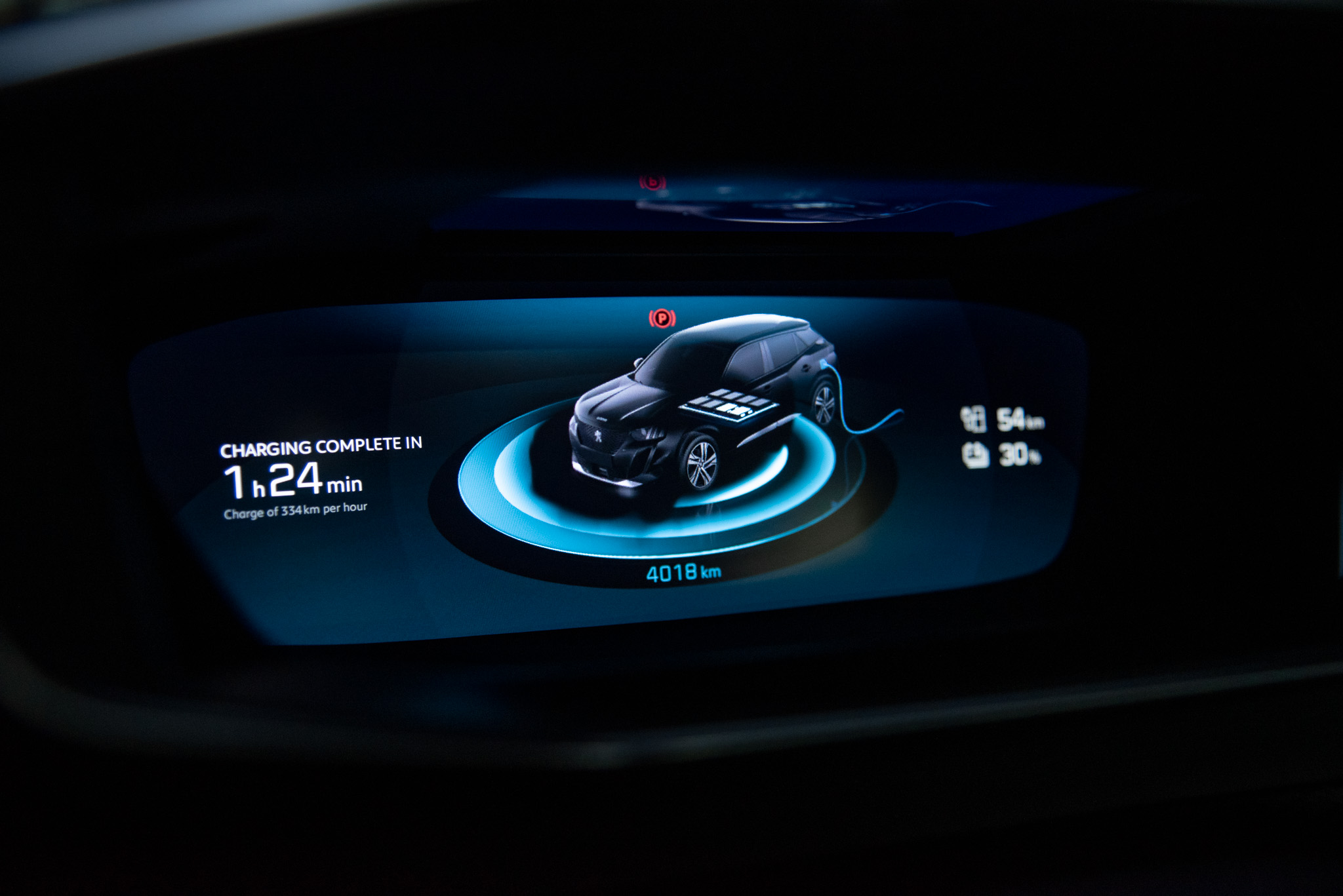
And when the battery needs to be recharged, the 50kWh battery pack accepts a maximum DC charge of 100kW or up to 7.4kW with an AC charger. On a full charge, Peugeot quotes a range of 345km under the WLTP cycle, but we’d hazard you could easily cover 320km before you should start worrying about range anxiety.
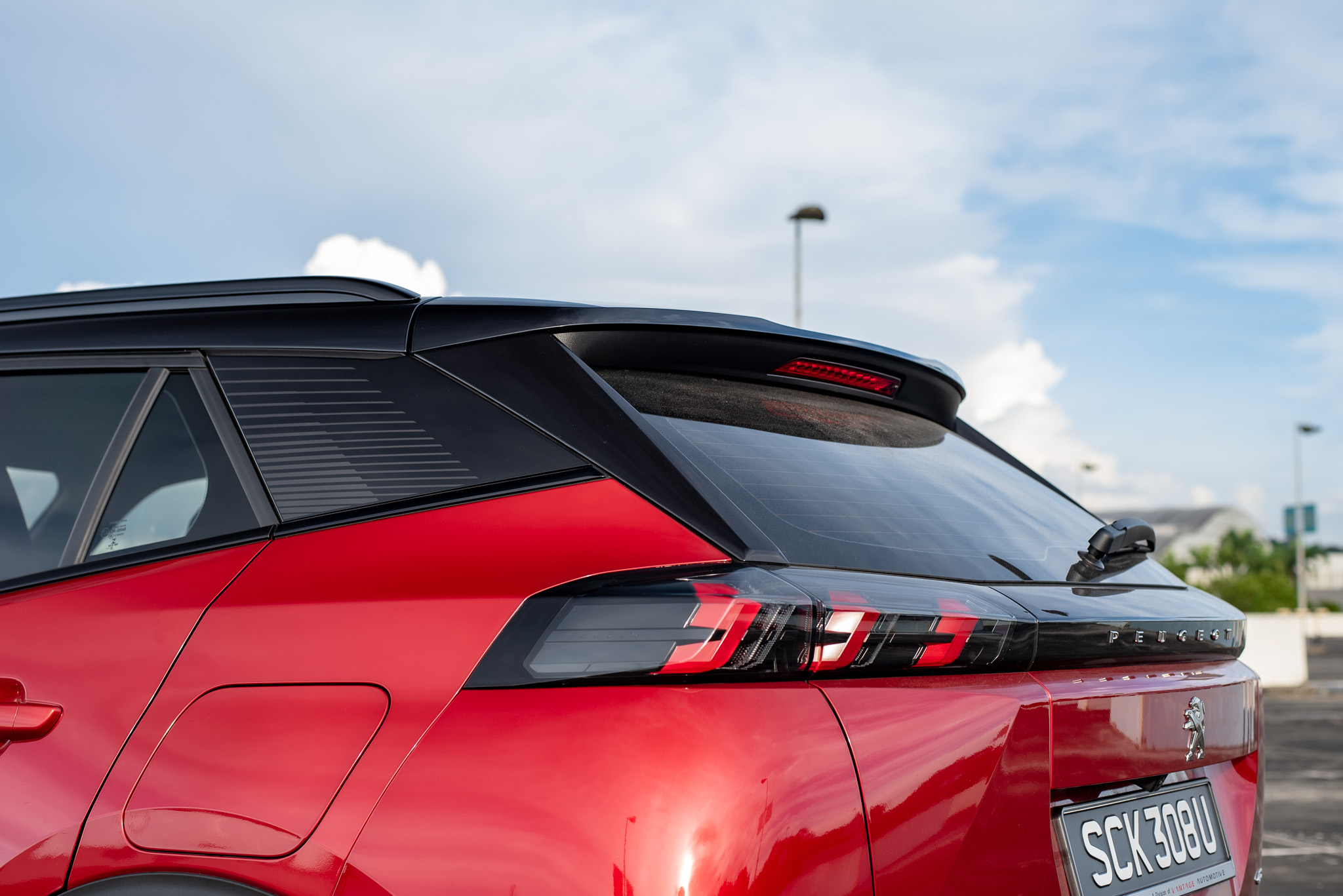
Peugeot e-2008 Review - Conclusion
Truth is, there’s a lot to like about this quirky EV crossover. The biggest (and only direct competition) for the e-2008 comes in the form of the Opel Mokka-e, which is based on the exact same platform with the exact same powertrain.
You could hop in an MG ZS for a little more money (and you’d get a little more room) or a Hyundai Kona Electric Sunroof for even more money (with better handling characteristics but a little less range), but none of those cars have quite the same personality that the e-2008 has.
It looks fun, it’s got a perky powertrain and in the long run, the upkeep costs should be less taxing on your wallets. It costs S$78,888 without COE, but given its Category A COE friendly powertrain, the total purchase cost would make it a relative bargain in the EV SUV space.
PHOTOS Jay Tee
Peugeot e-2008
Battery 50kWh, Li-Ion, 400V
Electric Motor 130hp/260 Nm
Electric Range up to 345km (WLTP)
0-100km/h 10.1secs
Top Speed 150km/h
LxWxH 4300 x 1770 x 1550mm
Wheelbase 2605mm
Kerbweight 1548kg
Efficiency 14.5kWh/100km (Combined)
VES A1






